
Can a spider poo? A mother turned to Facebook seeking guidance as she expressed her confusion over discovering a set of black droppings scattered throughout her home. Posting on a Mrs. Hinch fan page, she shared a series of images revealing peculiar black specks along her skirting board and wall.

“Anyone have any idea what this is?” She asked. “Just appeared this last week or so on the skirting board in my dining room, also bits on the wallpaper and the floor which gets mopped every day! It’s not bumpy, it looks like some sort of paint splatter but it isn’t.” She continued.

Followers came back with a common answer – Spider Poo

Fellow enthusiasts of Mrs. Hinch promptly came to the rescue, with users confidently asserting that the markings were indeed spider droppings. One wrote: “It happens a lot this time of year, spiders pooing everywhere, Dettox spray is good for it.” While another said: “It’s spider poo after they’ve eaten flies. I get it on my window sill.” Others said it could have been “fly poo” while one user was adamant, it was “spider poo for defs”.
What do the experts say?
According to various sources offering advice on pests, spiders typically do not leave solid droppings; instead, their excrement is thick and liquid in consistency, resembling dark ink stains. These markings often appear on walls and surfaces.
Spider feces are not solid; instead, they appear as dark stains or drips on walls and surfaces. The specific appearance of the droppings varies among spider species, making it challenging for the untrained eye to distinguish.
Typically, spider poop accumulates in a specific location below their web, often in corners with cobwebs on walls. Since spiders seek dark or undisturbed places for refuge, their droppings may unexpectedly appear in various locations. The size of spider droppings is approximately that of a pinhead, and they exhibit a monotone color, with variations in white, black, gray, or brown hues.
Is spider poo dangerous to handle?
While spider poop is not proven to transmit pathogens, it is advisable to treat it with caution and handle it as if it were potentially toxic. Studies indicate that pathogens ingested by spiders do not typically pass on through their droppings.
Nevertheless, it’s important to exercise caution and thoroughly wash hands with soap and water after handling spider feces. Cleaning fresh spider droppings is easier, while dried ones may require more effort to remove and may leave behind yellow stains.
It’s essential to note that cleaning up spider poop does not eliminate the spiders responsible for it. To prevent the reappearance of droppings, taking action against these creatures is necessary. Maintaining a highly tidy environment and removing every spider web you encounter is a good starting point. There are also products available to assist with infestations, and professional pest control services are well-equipped to handle such situations.
3 Breathtaking Stories of People Who Were Left Heartbroken and Discovered the Truth Years Later
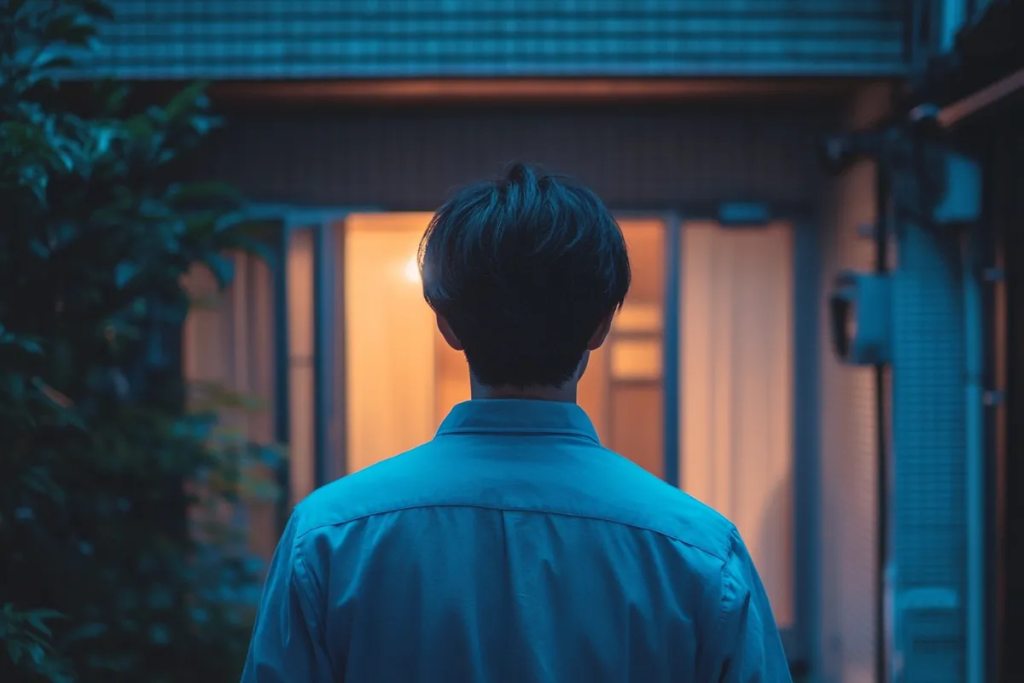
Life’s twists can leave us reeling, questioning everything we thought we knew. But sometimes, like in these three stories, the truth eventually emerges, offering a chance to heal, forgive, and rediscover the power of love and resilience.
This collection explores those delayed revelations: a shocking diagnosis, a buried secret, and a family mystery with unexpected consequences. Prepare to be surprised and reminded that the truth, however delayed, has a way of finding its way to the surface.
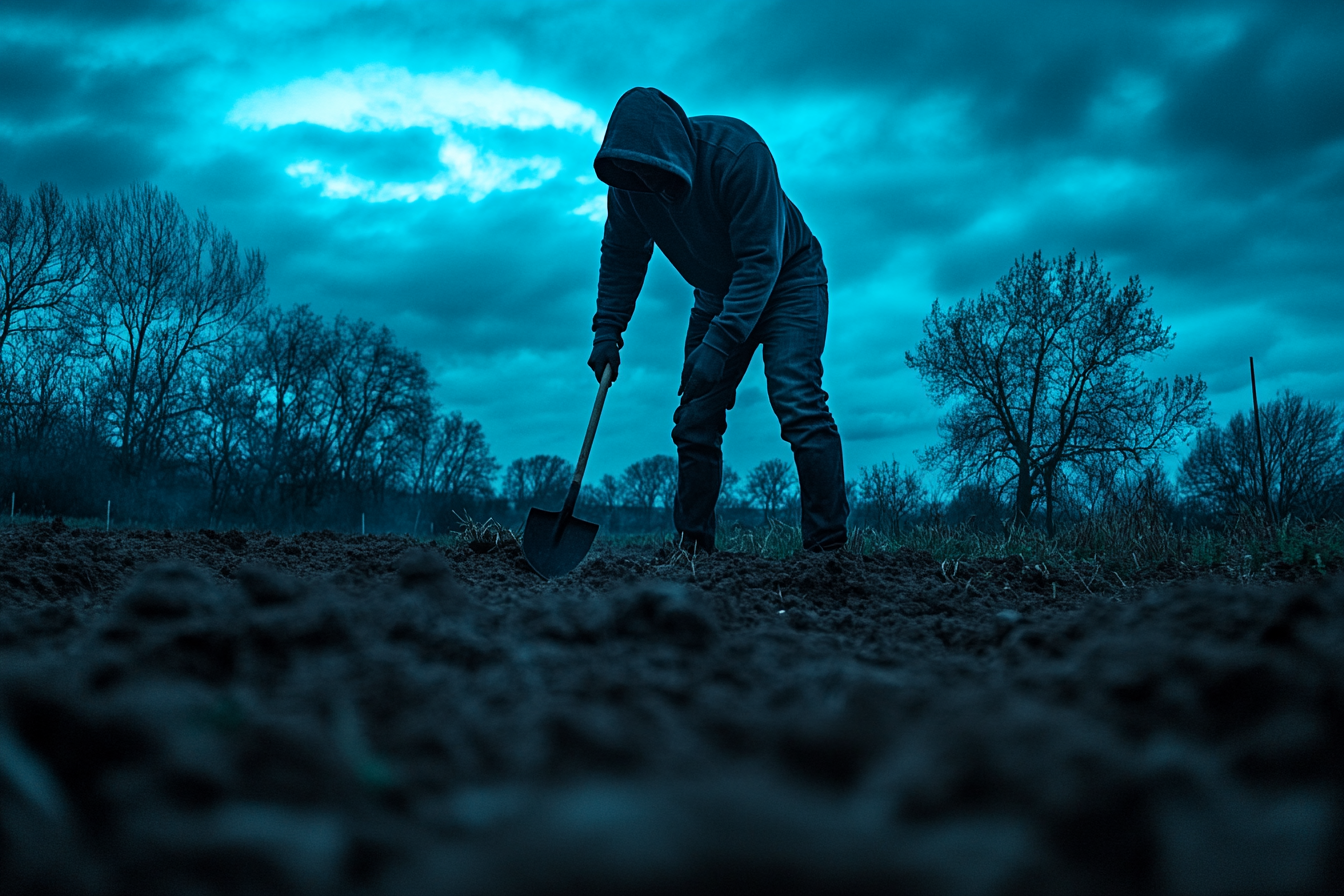
For illustration purposes only | Source: Midjourney
My Ex-husband Returned 10 Years After Leaving, but Not for the Reason I Expected
Looking at Josh, I didn’t recognize the man I’d once fallen in love with. Time had aged him, and guilt was written all over his face. At that point, I had every right to slam the door in his face, but I didn’t do it for Chloe’s sake. I knew she needed her dad in her life.
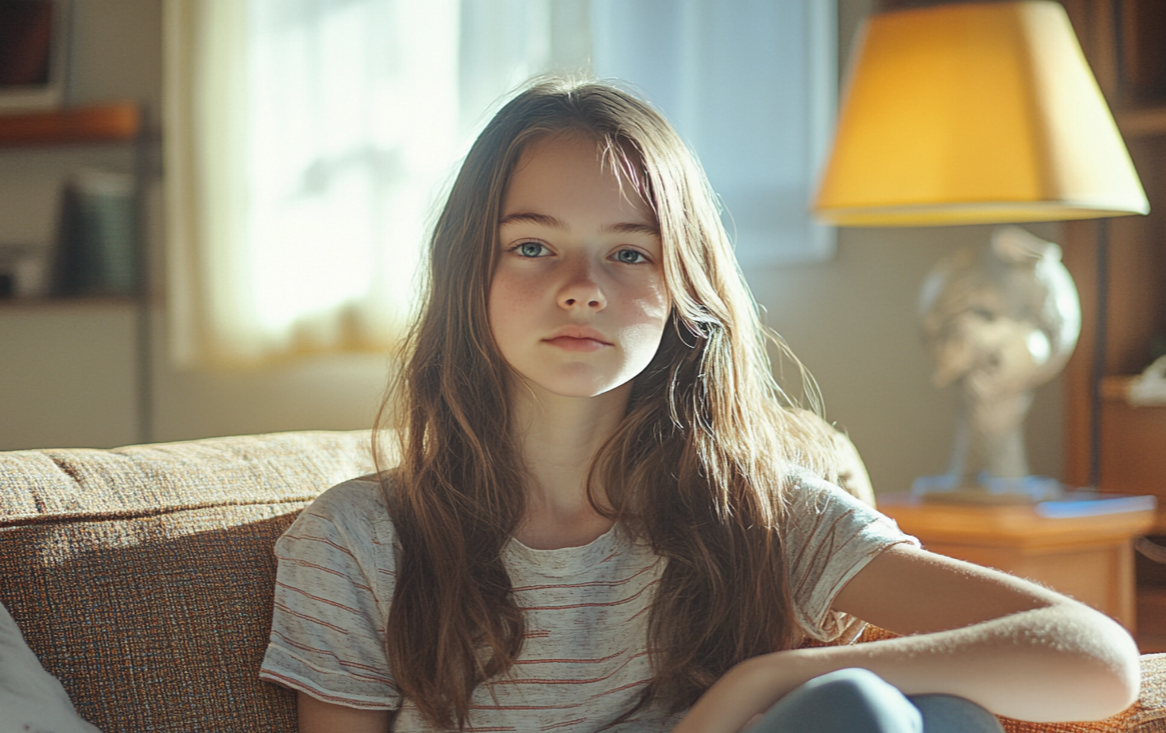
For illustration purposes only | Source: Midjourney
Being a single mom isn’t easy, but raising my daughter, Chloe, has been the most rewarding challenge of my life.
For 10 years, it’s just been the two of us. There were moments I struggled, but every time Chloe smiled or reached a milestone, I knew it was all worth it.
But things weren’t always this way.
Years ago, I was married to Josh. We met through a mutual friend, and I was immediately drawn to his charm and wit. Our friendship turned into love almost effortlessly.
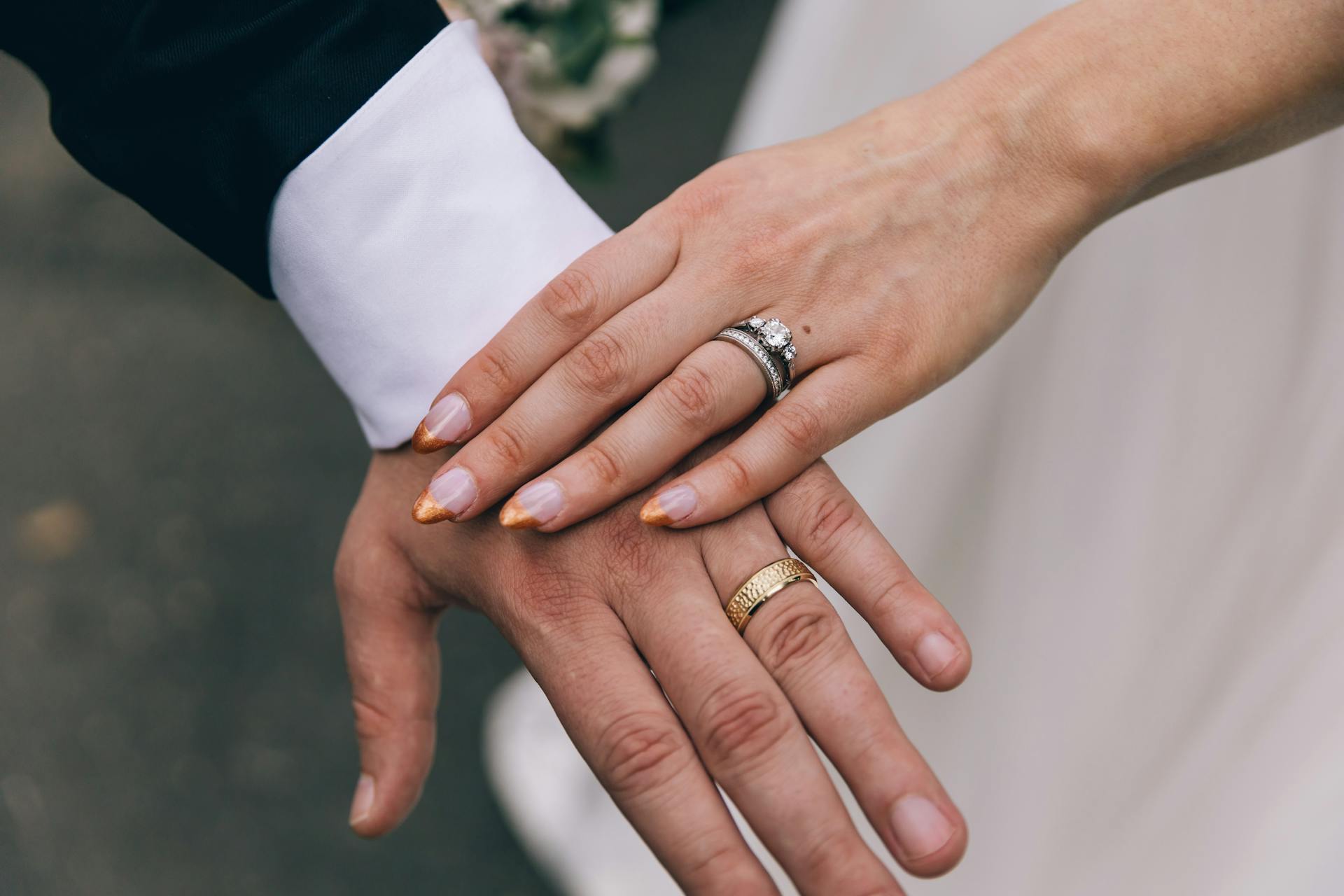
For illustration purposes only | Source: Pexels
Back then, I noticed a few things about Josh that I chose to ignore.
For one, he was always cautious about money. I brushed it off as him being practical. In hindsight, those were red flags I should have paid attention to.
When Josh proposed, I didn’t think twice. We got married in an intimate ceremony, and it was just perfect. But a few months into our marriage, cracks began to show.
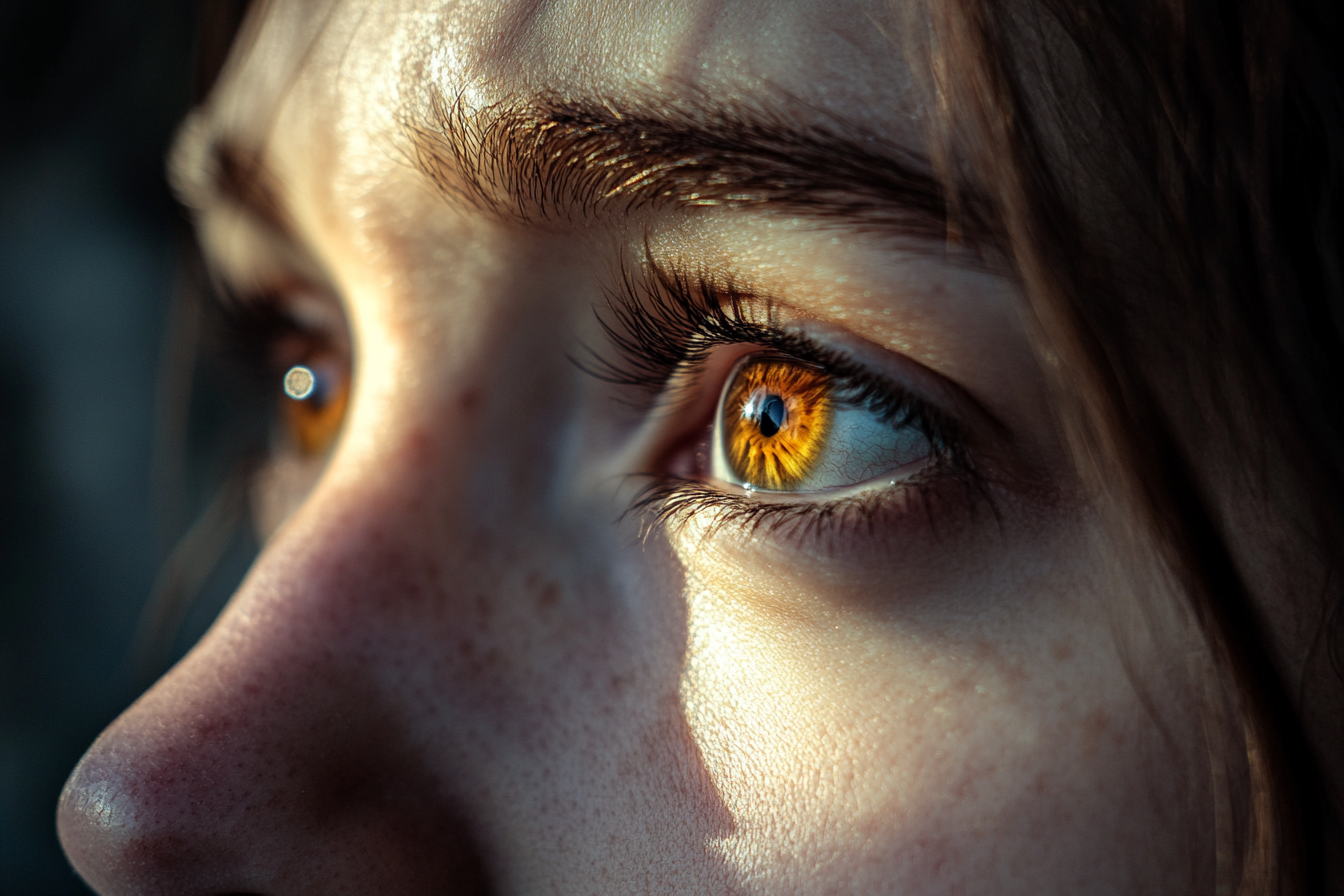
For illustration purposes only | Source: Midjourney
Josh’s frugality became more pronounced.
He’d question every purchase, from groceries to basic household items. “Do we really need this?” he’d ask.
It wasn’t long before I found myself managing most of our expenses, which led to tension. So, one evening, I decided to address it.
“Josh,” I said gently, “why am I covering most of the bills lately? We’re supposed to be a team.”
He sighed and apologized.
“I love you, Lauren, and I promise I’ll step up. I just want to make sure we’re being responsible.”
His words reassured me, but looking back, I realize they were just that. Words.
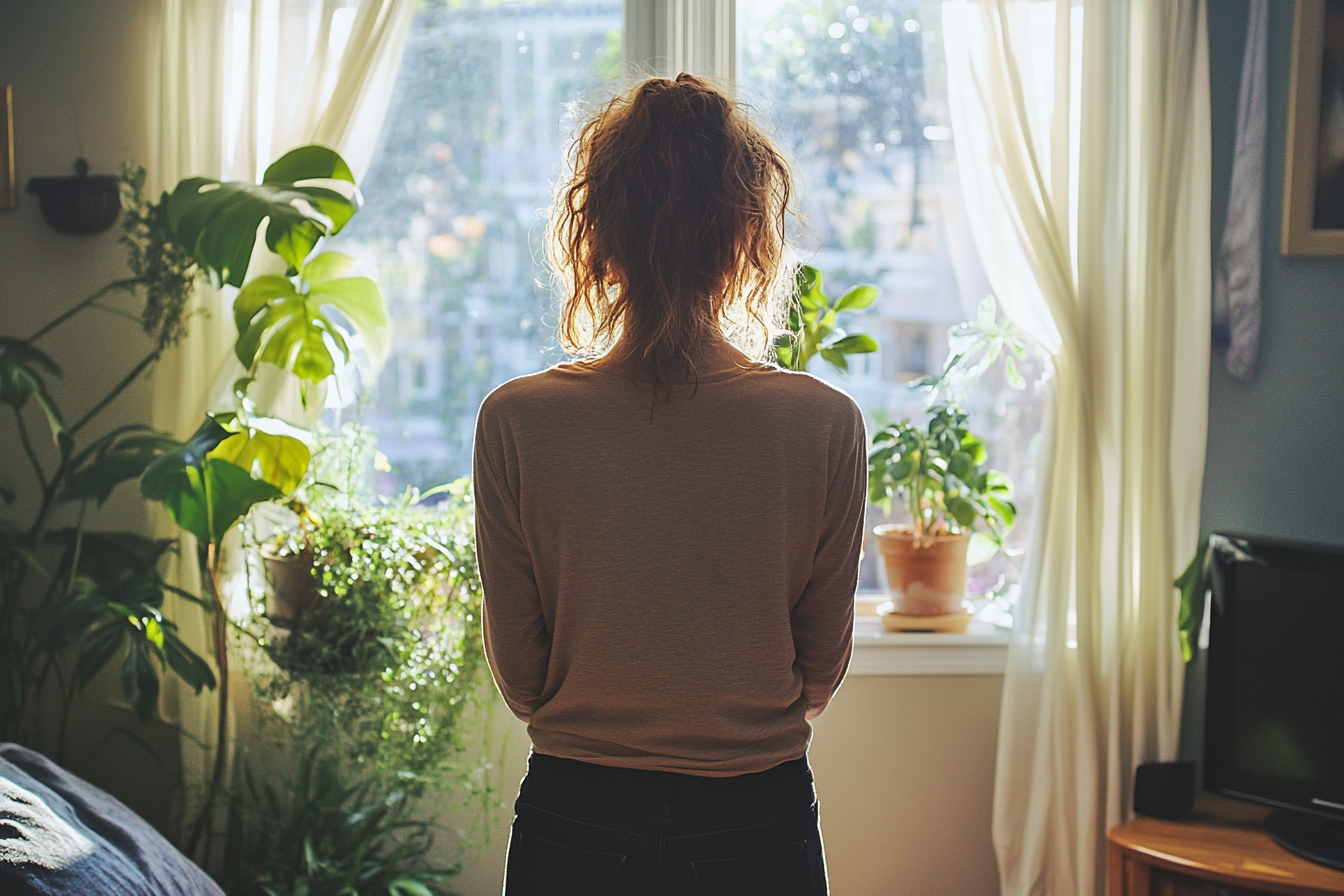
For illustration purposes only | Source: Midjourney
When I became pregnant, Josh surprised me. He seemed genuinely excited and eager to prepare for the baby’s arrival.
He bought furniture for the nursery, attended prenatal classes with me, and even treated me to a spa day. After Chloe was born, his enthusiasm continued. He doted on her, buying toys and clothes and making sure we had what we needed.
Back then, I felt super grateful. But as time went on, the old Josh resurfaced. He began complaining about the cost of diapers and formula, grumbling that we were spending too much on Chloe.

For illustration purposes only | Source: Pexels
When I mentioned we needed a new car seat because Chloe had outgrown hers, he snapped, “Do you know how much those things cost?”
Arguments about money became a regular occurrence. He was struggling at work, but he wouldn’t talk to me about it. Then came the evening that changed everything.
I’d just returned from work when I found a note on the kitchen table.
I can’t do this anymore. I’m sorry.
Next to it were divorce papers, already signed. Josh had left without saying anything. No explanation. No goodbye.
I was left to pick up the pieces for myself and our two-year-old daughter, Chloe. At the time, I thought I’d never recover.

For illustration purposes only | Source: Pexels
The early days after Josh left were full of tears. But my daughter didn’t leave me much time to dwell on my pain. She needed me, and I had to be strong for her.
I took on a second job to make ends meet, often skipping meals or wearing the same old clothes so I could provide everything she needed.
As the years passed, Chloe and I built a close bond. But explaining Josh’s absence was never easy.
When she was younger, I’d tell her, “Daddy had to leave because he was going through things I couldn’t understand.”
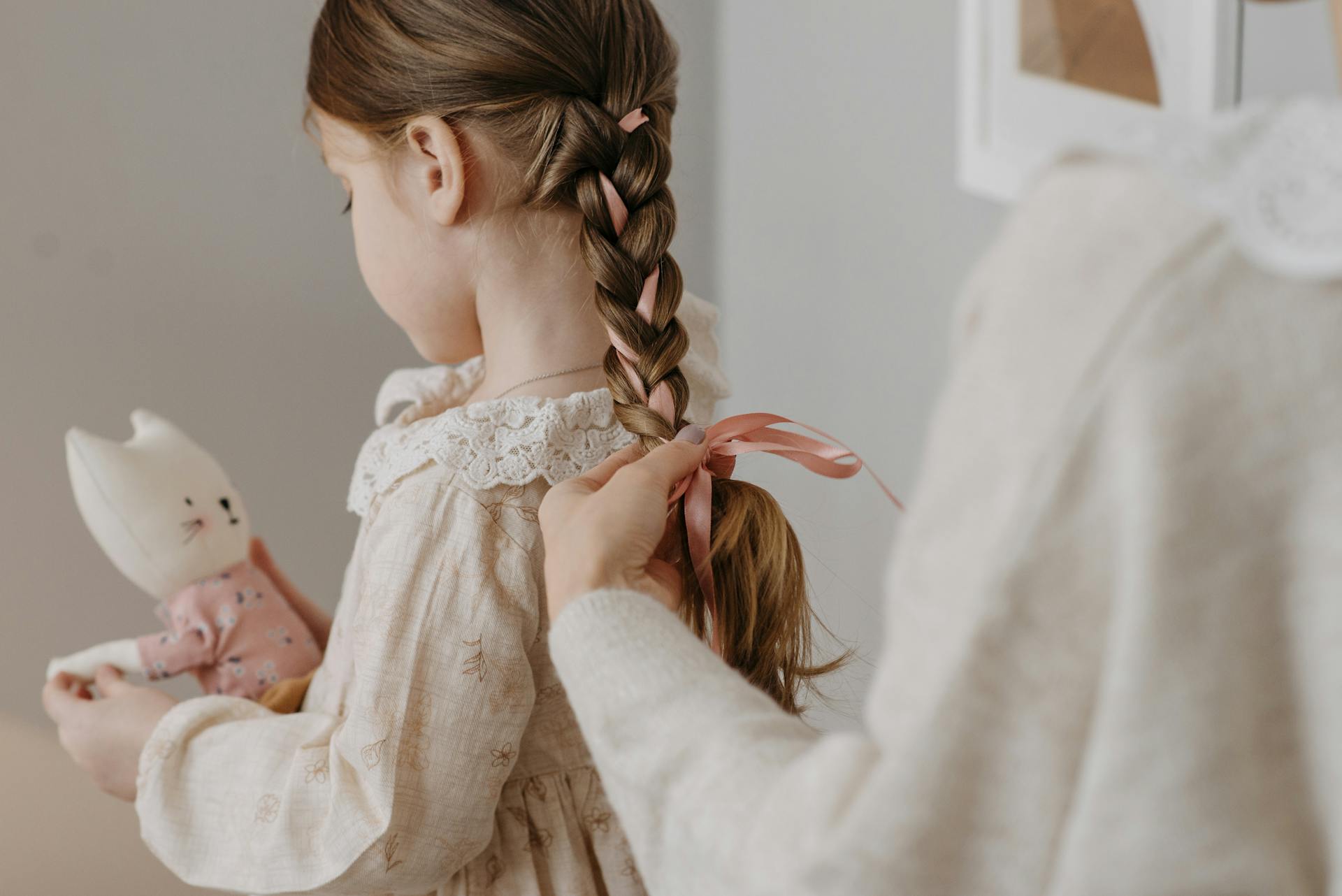
For illustration purposes only | Source: Pexels
However, when Chloe turned 12, she started asking harder questions. “Do you think he regrets it, Mom?” she asked one evening as we sat together on the couch.
“I don’t know, sweetie,” I replied. “But I do know that his choices don’t define you or me.”
At that point, I thought we’d moved past the pain Josh had caused. I thought we were finally at peace, unaware that the past would literally come knocking at my door.

For illustration purposes only | Source: Midjourney
It happened on a quiet Saturday afternoon.
Chloe was at a friend’s house, and I was finally catching up on some much-needed cleaning when the doorbell rang.
I expected it to be a package or maybe a neighbor. But when I opened the door, I froze.
It was Josh.

For illustration purposes only | Source: Midjourney
He looked different. He was thinner and older, and his once vibrant eyes looked so dull.
“Hi, Lauren,” he said in a trembling voice.
I stared at him in shock. I wanted to slam the door in his face or scream at him for what he’d done and demand answers.
But instead, I asked, “What are you doing here?”
He exhaled deeply. “I, uh… Can I come in? I need to talk to you.”

For illustration purposes only | Source: Midjourney
Against my better judgment, I stepped aside and let him in. Not because I wanted to, but because I couldn’t ignore the possibility that Chloe deserved answers, even if I didn’t want to hear them myself.
Chloe came home about an hour later.
She walked into the living room, spotted Josh, and froze mid-step. Then, her gaze shifted to me as she searched for an explanation.
“Is that Dad?” she asked.
I’d shown Chloe photos of him, and he looked way older than the image of him she had built in her mind.
“Yes,” I nodded. “That’s your father.”

For illustration purposes only | Source: Midjourney
“Hi, Chloe,” Josh said as he stood up awkwardly.
For a long moment, there was silence. Then Chloe, always so composed, asked the most important question.
“Why are you here?”
Josh’s shoulders slumped, and he lowered himself into a chair.
“Because I made a mistake, Chloe,” he whispered. “I left when I shouldn’t have. And now I’m here to make things right.”
“And how do I know you won’t leave again?” Chloe asked.
Josh started coughing before he could answer. “You don’t,” he finally replied. “But I’ll spend every moment I have proving to you that I won’t.”
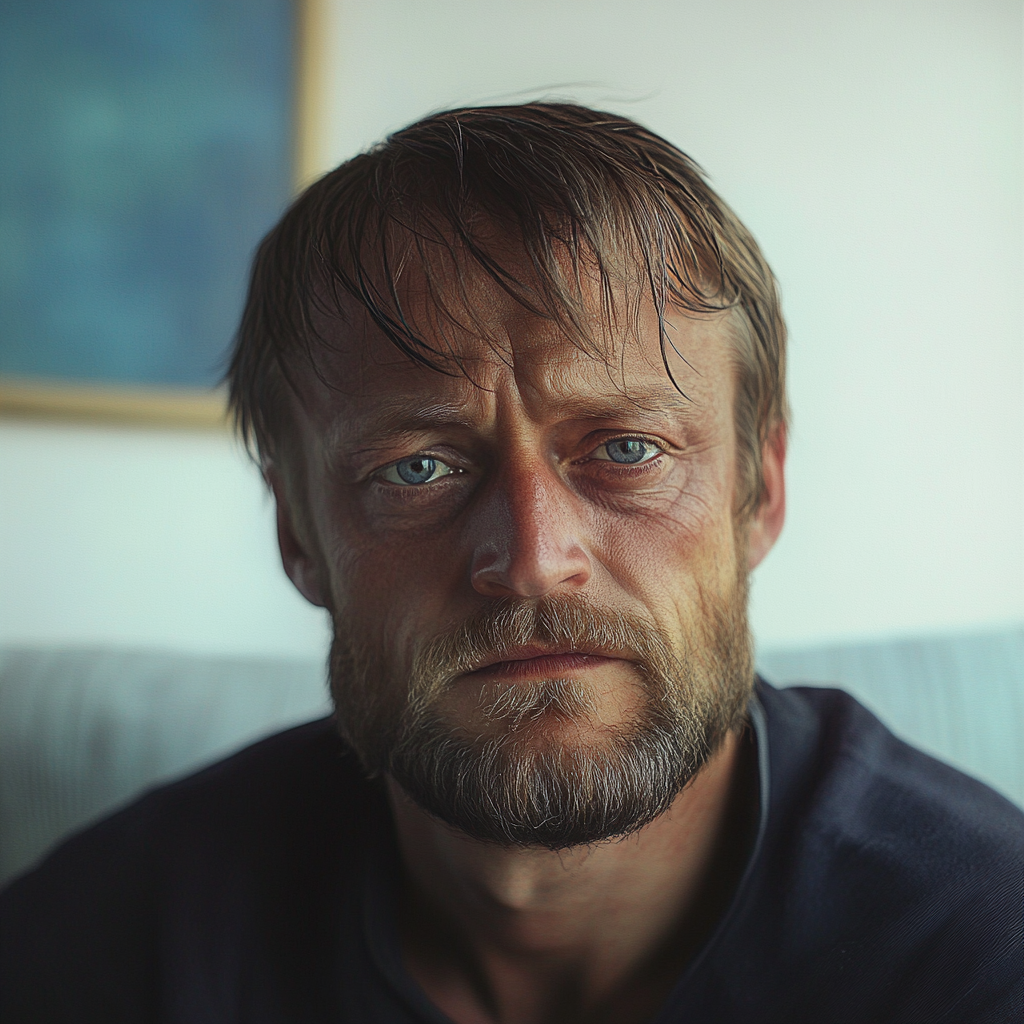
For illustration purposes only | Source: Midjourney
I knew I couldn’t trust Josh, but I decided to give him a chance for my daughter’s sake.
“You can stay for dinner,” I said finally. “But this doesn’t mean anything. We’re taking this one step at a time.”
Josh nodded gratefully, clearing his throat. “Thank you, Lauren. I, uh, I promise, I just want to reconnect with Chloe.”
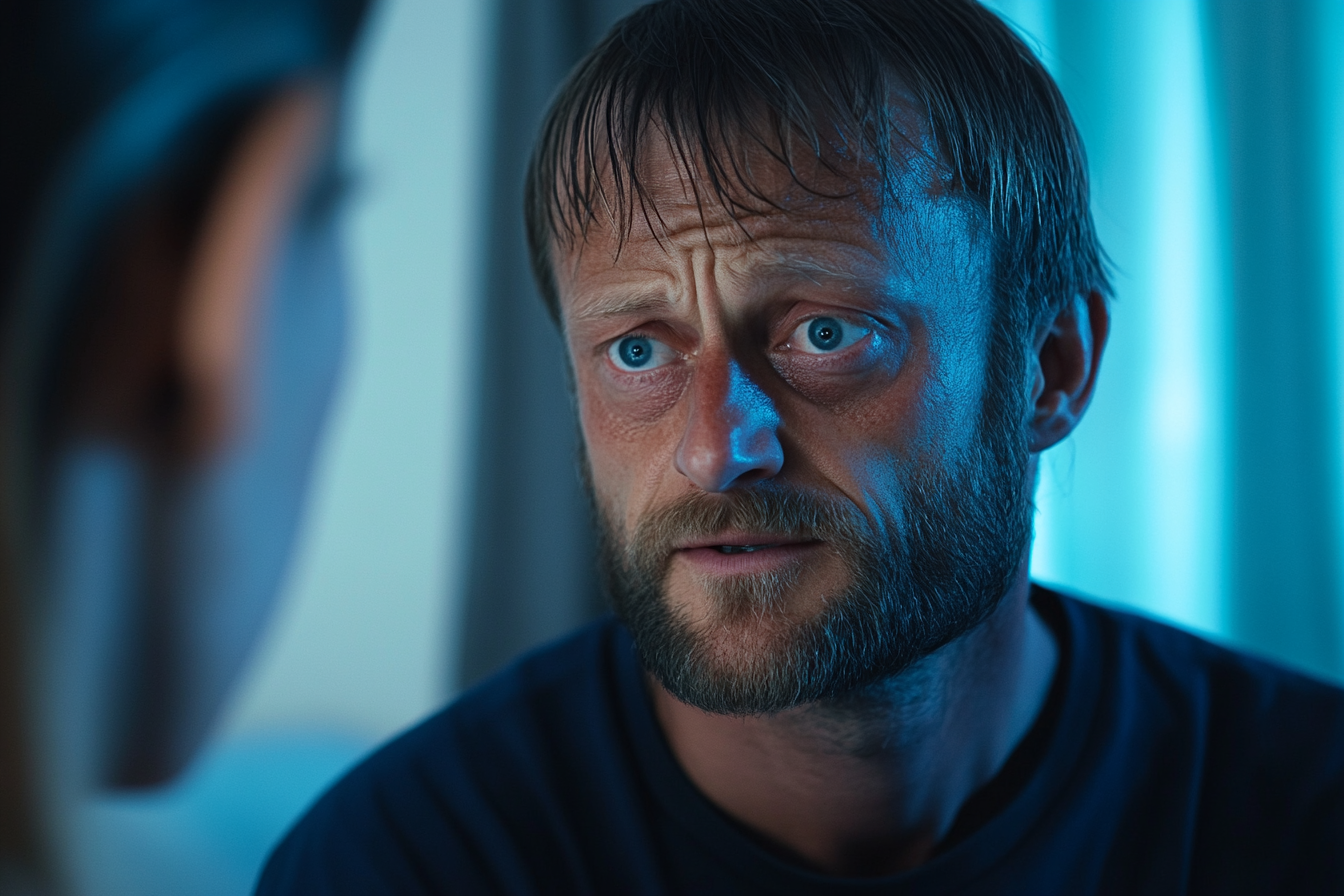
For illustration purposes only | Source: Midjourney
That night, I lay awake, grappling with the decision to let him back into our lives. I told myself I was doing it for Chloe, but a part of me knew I needed answers, too.
A few weeks after his return, things were still tense. He visited daily and bonded with Chloe while helping her with homework. They even cooked dinner together sometimes.
I noticed she was beginning to warm up to him, though her guard was still up.
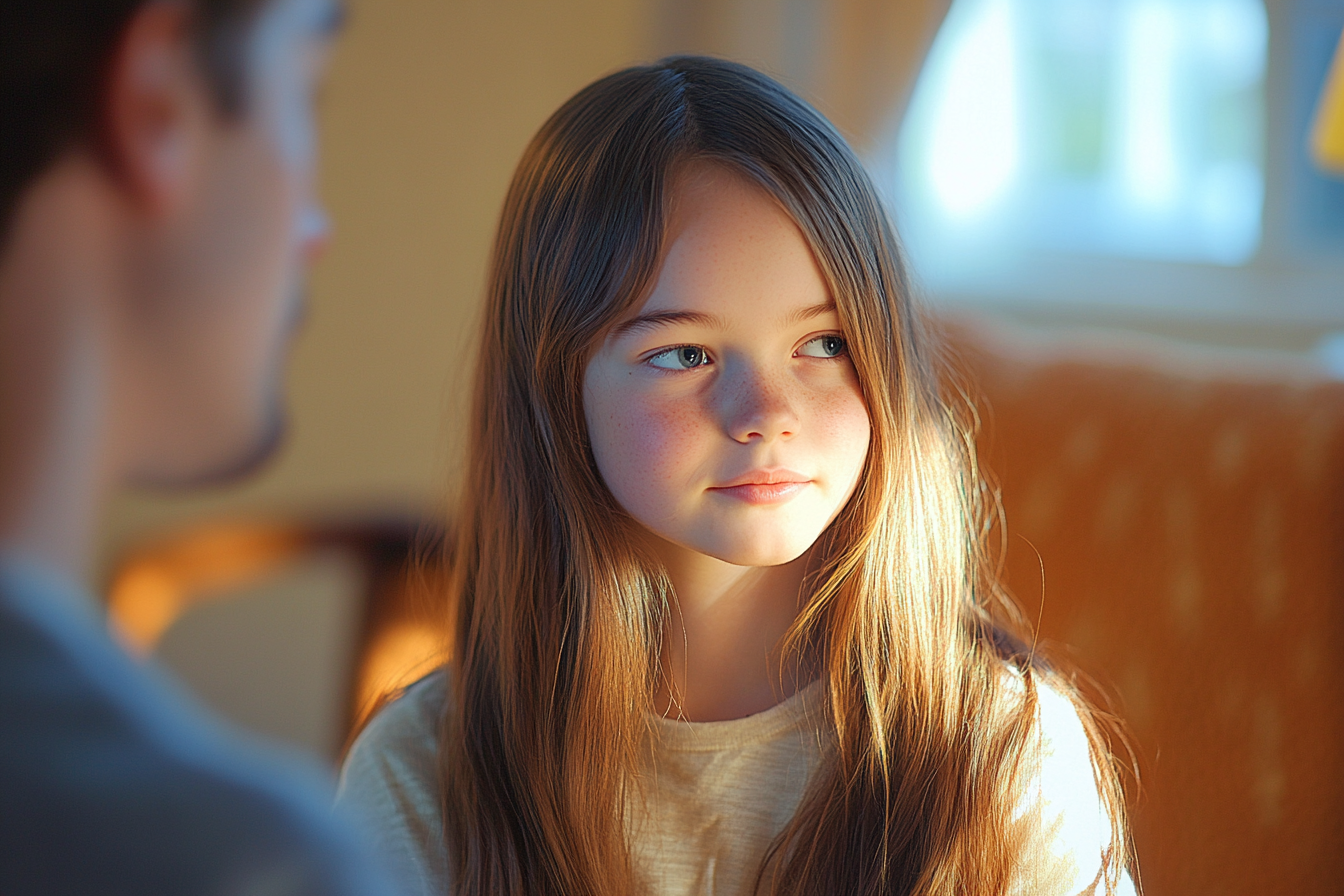
For illustration purposes only | Source: Midjourney
One evening, after they had finished a school project, Chloe turned to me with a question. “Mom, do you think Dad will disappear again?”
Honestly, I didn’t have an answer.
“I don’t know, sweetheart. But I promise, no matter what happens, I’ll be here.”
That’s when my gaze landed on Josh, who’d overheard the conversation. He looked devastated but didn’t say anything.
Later that night, I confronted him before he left.
“What are you really doing here, Josh?” I asked. “Why now, after all this time?”
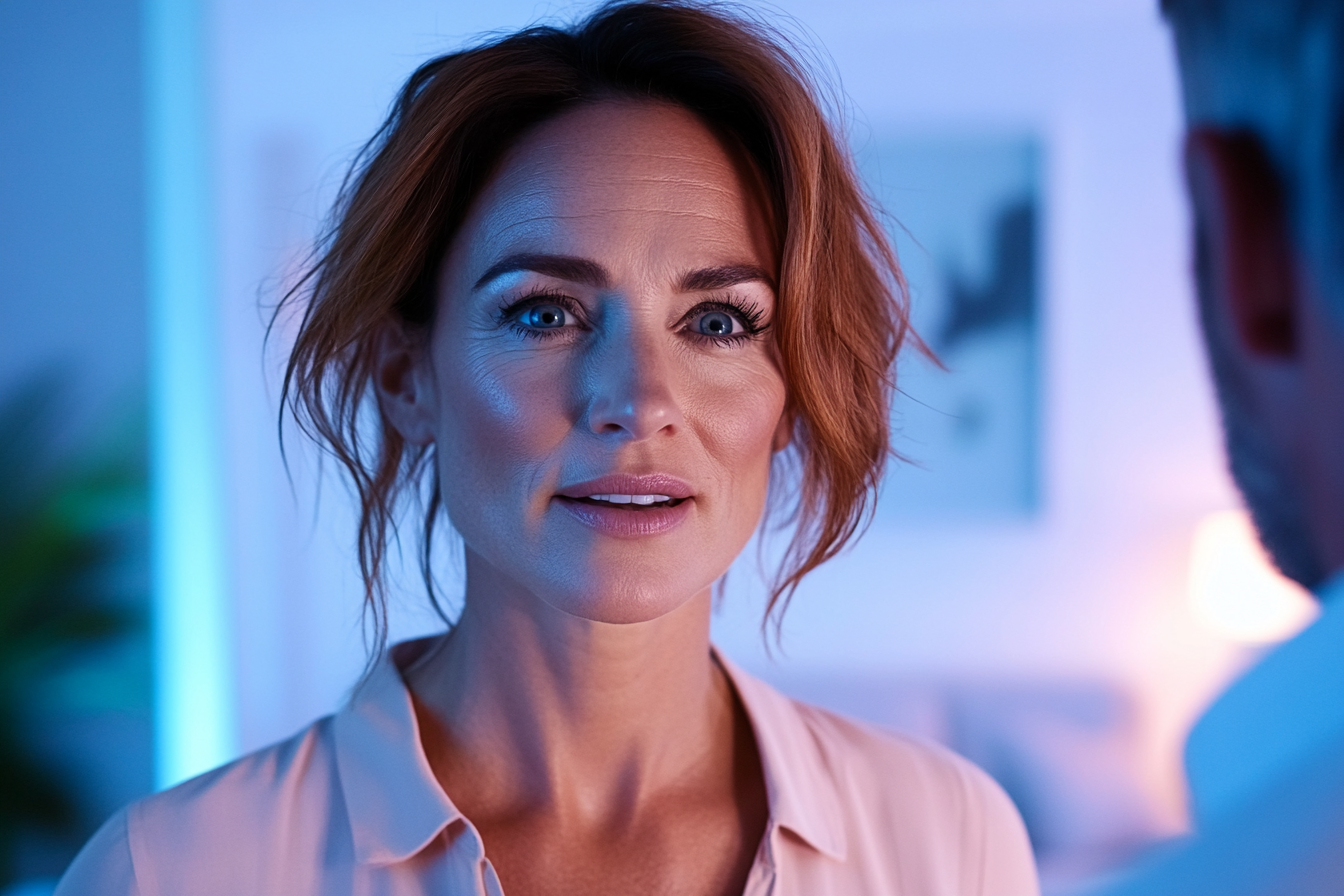
For illustration purposes only | Source: Midjourney
His face clouded with guilt, but he deflected.
“I just… I saw her picture in the paper when she won the Academic Excellence Award. It hit me how much I’ve missed, Lauren.”
“I don’t believe it. You’re not telling me everything,” I pressed. “There’s more, isn’t there?”
Josh didn’t answer, but his health was already raising more questions than he could dodge.
I’d noticed him cough several times ever since he’d returned to our lives, and it hadn’t gotten any better. He also had this fatigue that didn’t seem to improve.
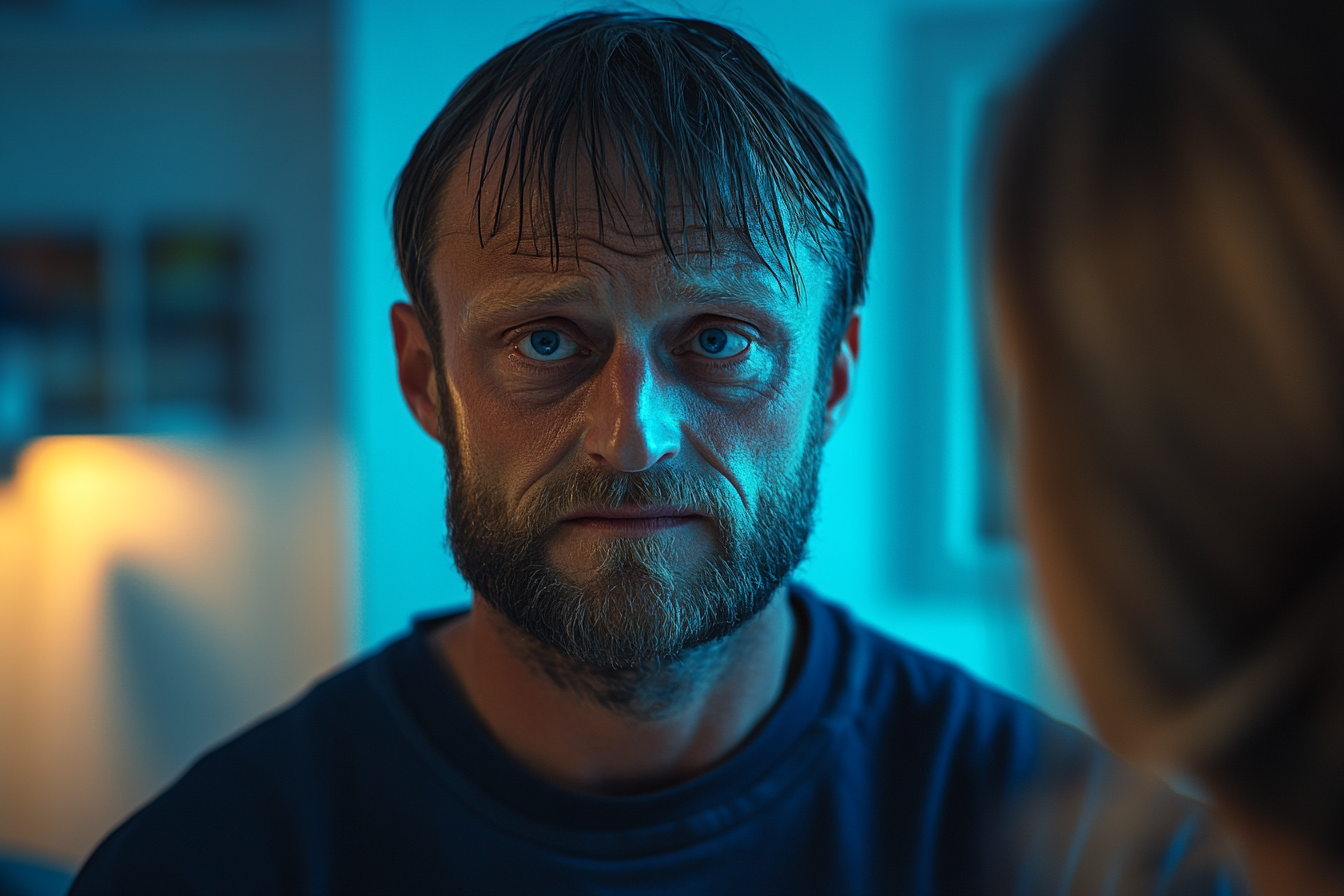
For illustration purposes only | Source: Midjourney
Whenever I asked him about it, he just said he was “exhausted from traveling,” but I wasn’t convinced.
And then came the evening his secret came to light.
Josh was helping Chloe with her homework in the living room when I heard a loud thud. I rushed in to find him collapsed on the floor.
“What happened to him, Mom?” Chloe asked, crying.
“Josh?” I shouted, trying to shake him awake. “Josh? What happened?”
He didn’t respond and was trying hard to catch his breath. I knew we needed help, so I immediately called an ambulance and rushed him to the hospital.
I didn’t even have time to process what was happening before a doctor approached me.

For illustration purposes only | Source: Pexels
“We’ve stabilized him,” he said. “But he needs to stay overnight for observation.”
I was led into the room where Josh lay, pale and fragile, hooked up to machines that beeped softly in the background.
When he saw me, he weakly motioned for me to come closer.
“I have to tell you something,” he whispered.
“What is it, Josh?” I asked as I sat beside him.
“I have cancer, Lauren. Late-stage. The doctors say I don’t have much time.”
“Cancer?” I repeated. “Why didn’t you tell us?”
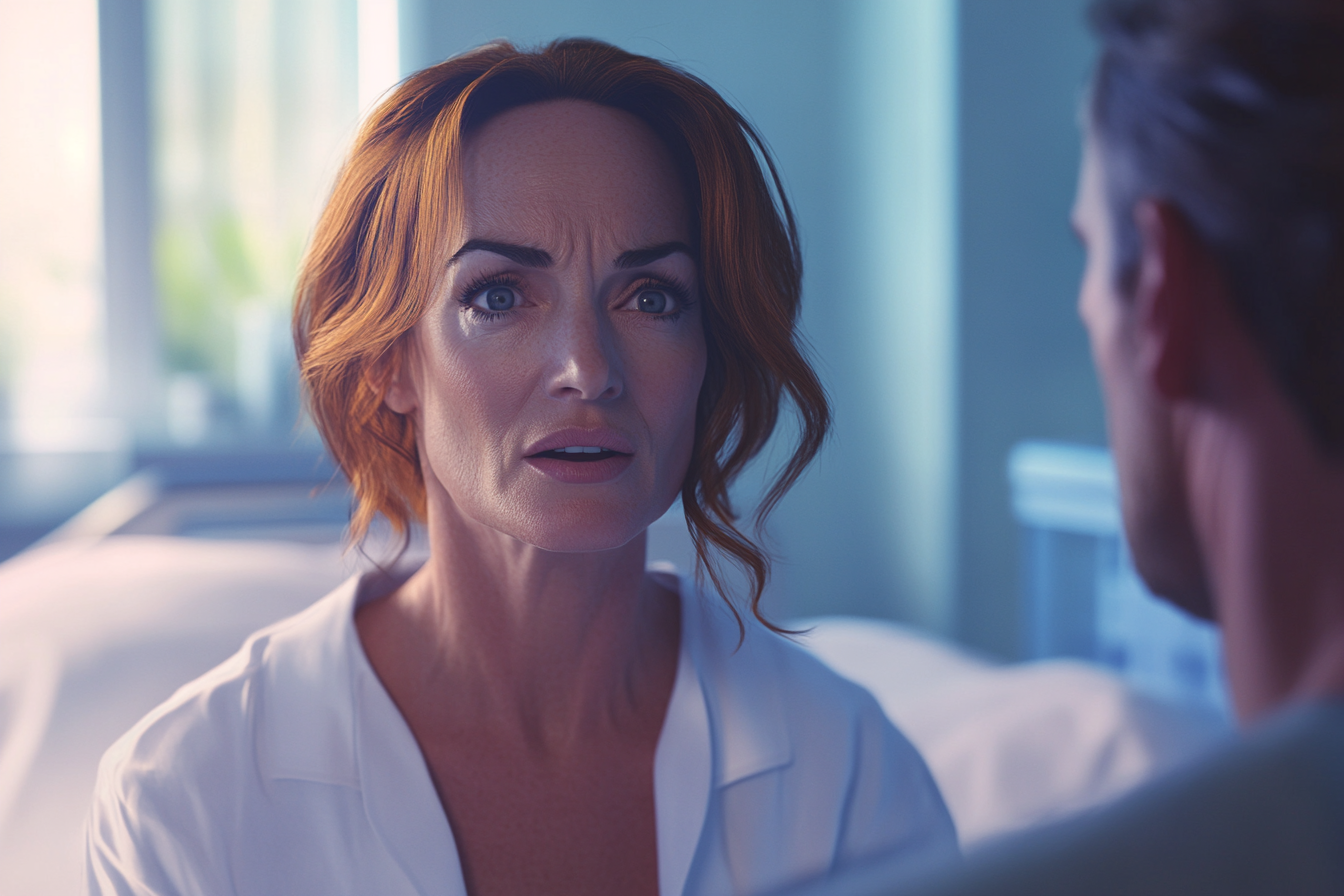
For illustration purposes only | Source: Midjourney
“I didn’t want you and Chloe to think I came back because I needed something,” he said. “I didn’t want to burden you more than I already have.”
“You… you left us, Josh,” I managed to speak, staring into his eyes. “You left me to raise Chloe alone, and now you’re back because you’re dying? Do you have any idea what we’ve been through?”
He winced at my words but didn’t look away.

For illustration purposes only | Source: Midjourney
“I know I hurt you, Lauren,” he whispered. “But back then, I thought leaving was the right thing to do. I felt like a failure. As a husband. As a father… I couldn’t provide for you the way you deserved. My anxiety convinced me that you were better off without me. After all, our arguments never seemed to end.”
“Better off?” I snapped as tears streamed down my cheeks. “Chloe grew up wondering why her dad didn’t want her. We could’ve worked everything out.”
“I know,” he said, his voice breaking. “I wanted to come back so many times, but I was ashamed. And then… this illness forced me to confront the truth. I couldn’t leave this world without making things right with Chloe.”

For illustration purposes only | Source: Midjourney
I didn’t know what to say after that. We stayed silent for a few minutes as I processed my feelings.
“What am I supposed to tell Chloe now?” I finally asked.
“Tell her I came back because I love her,” he cried.
That evening, I sat down with Chloe and gently explained what was happening. She was hurt, confused, and angry all at once.
“Why did he have to wait until now? Why couldn’t he come back when I was little?”
“I don’t know, sweetie. People don’t always make the right choices, even when they mean well.”
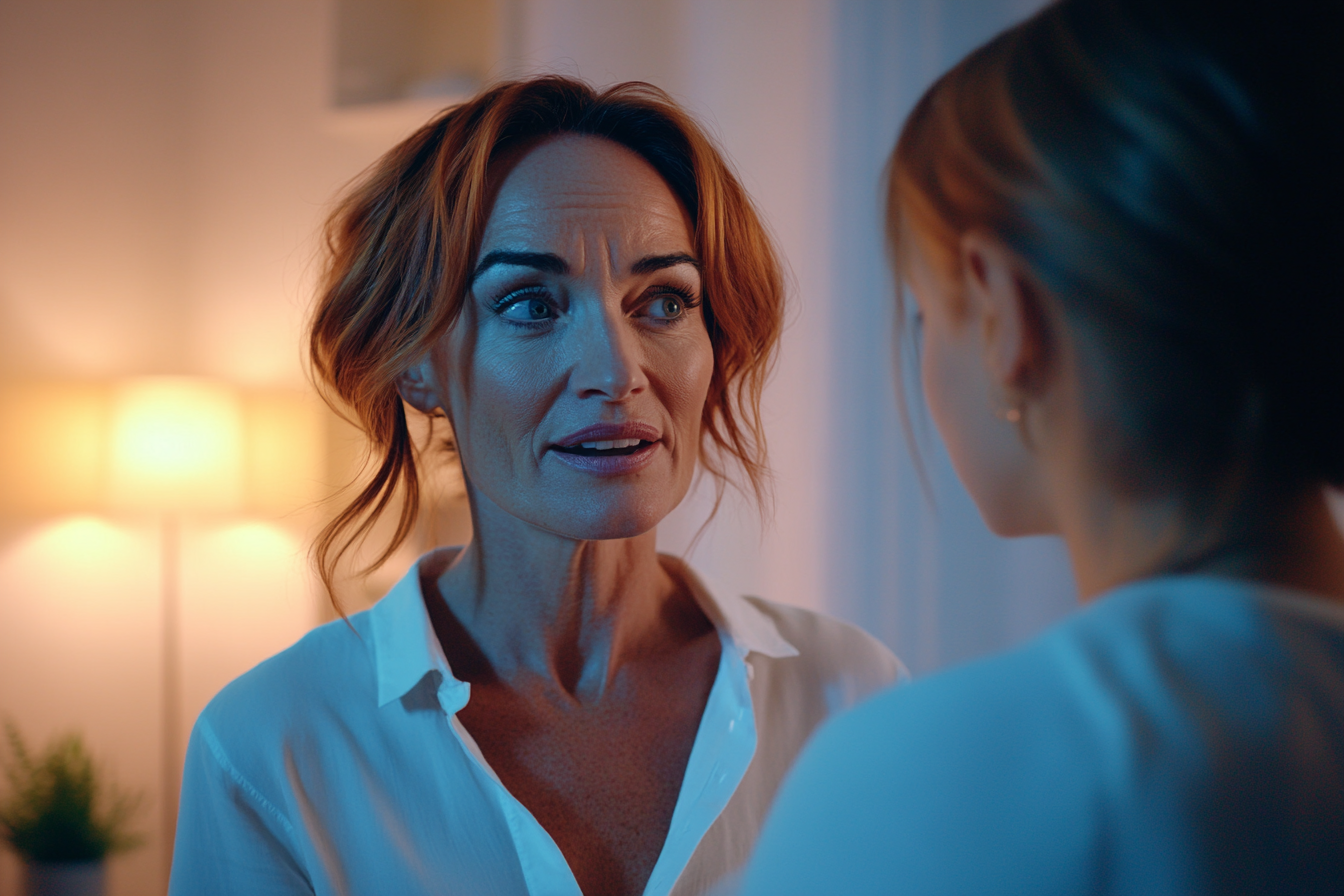
For illustration purposes only | Source: Midjourney
My little girl was angry, but she didn’t let it control her decision. She understood her father was in a difficult position, so she agreed to forgive him.
She wanted to spend what time they had left together.
In the following weeks, Josh made every effort to bond with Chloe. He played board games with her, cheered her on at her soccer matches, and even helped her bake cookies for a school fundraiser.
One Saturday afternoon, Chloe found Josh writing at the dining table.
“What are you doing, Dad?” she asked curiously.
“I’m writing letters for you,” he smiled. “For all the big moments in your life. Your graduation, your wedding, or just a day when you need a reminder of how much I love you.”

For illustration purposes only | Source: Pexels
“But you don’t need to leave me notes,” Chloe said as she sat beside him. “I just want you to stay.”
Those words broke my heart.
Unfortunately, Josh passed away a few months later. He was happy, knowing he was surrounded by the two most important people in his life during the last moments of his life.
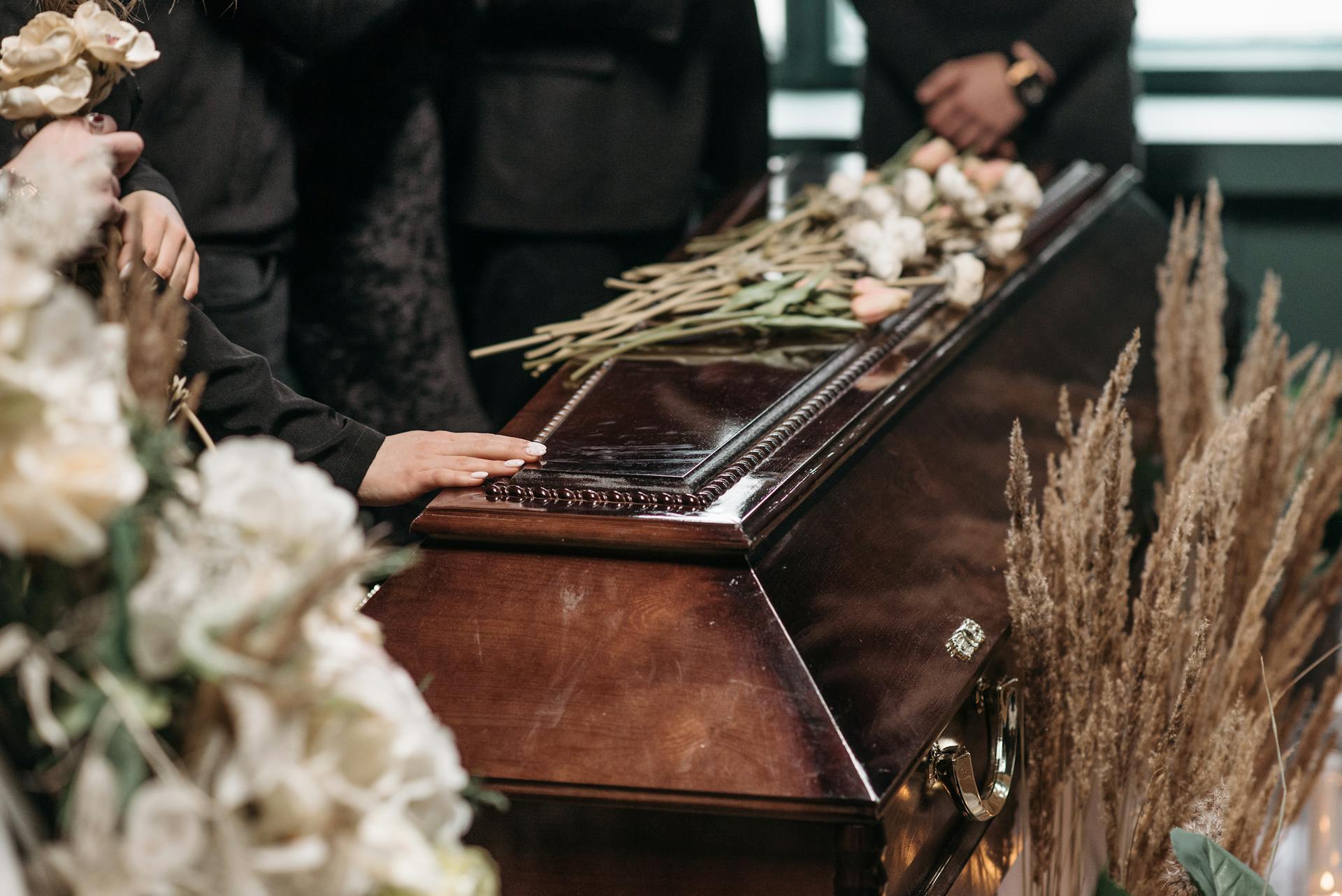
For illustration purposes only | Source: Pexels
After his death, Chloe clung to the letters he left behind, often reading them aloud.
One evening, she turned to me and said, “I know he wasn’t perfect, but he loved me in the end. That’s what I’ll hold on to.”
I smiled through my tears and pulled her into a hug. I felt incredibly proud of the compassion and resilience Chloe had inherited.
As for me, I’ve also forgiven my ex-husband, and it has given me the peace to move forward in my life. I’m grateful fate gave me a chance to answer the questions that had been worrying me for ten years.

For illustration purposes only | Source: Midjourney
I Attended the Opening of Our High School Time Capsule and Uncovered the Truth About What Happened 15 Years Ago
We stood in the schoolyard under the dark sky, our class gathered in secret. I felt nervous, hoping no one would find us.
“Dig faster!” Jess, my best friend, ordered, her voice sharp and impatient.
“If you’re so clever, do it yourself!” Malcolm snapped, his shovel pausing mid-air.
Jess rolled her eyes. “I have a manicure and white sneakers. You know I can’t. These boys are useless,” she added, glancing at me.

For illustration purposes only | Source: Midjourney
I smiled faintly, trying to hide my unease. My eyes stayed on Brian, who stood a few steps away, looking at the ground.
He was my boyfriend, but that night, something felt wrong. He hadn’t said a word to me. I’d tried to ask him what was going on, but every time, he turned away.
“Done!” Malcolm yelled, pulling me from my thoughts.
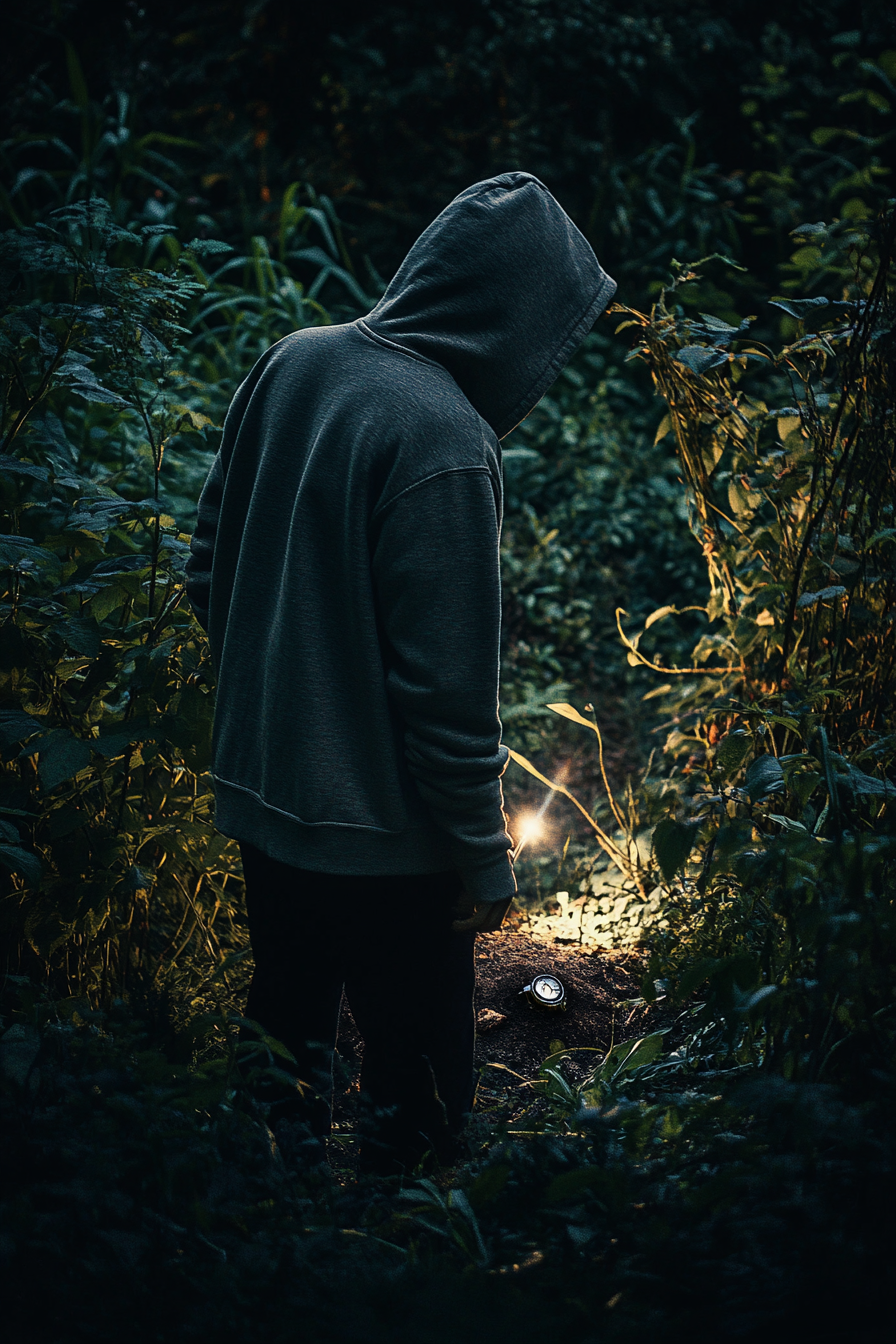
For illustration purposes only | Source: Midjourney
The capsule was open. Everyone tossed in little keepsakes and letters. I held the locket Brian had won for me at the fair.
It was special to me, but now it felt heavy. I dropped it in and walked back to Brian.
“Why aren’t you talking to me?” I asked, stepping closer to Brian. He stayed quiet, his eyes focused somewhere far away. “Brian, what’s wrong? Can you just explain what’s going on?” I pressed, my voice shaking.
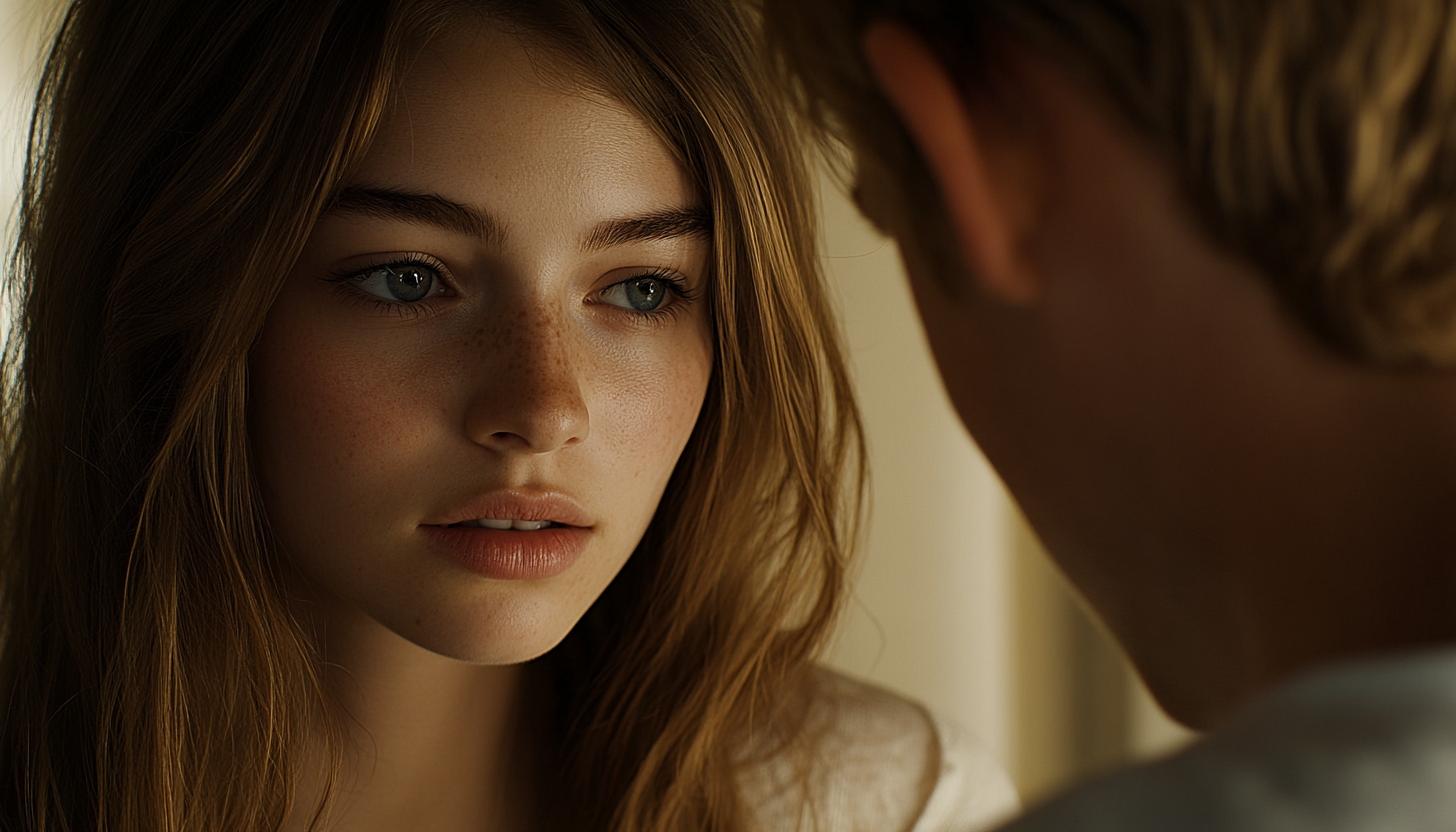
For illustration purposes only | Source: Midjourney
Without a word, he turned and started to walk away.
“You promised to love me my whole life! Are those words meaningless now?!” I shouted after him, my voice breaking.
Brian stopped and turned around. His eyes met mine, cold and distant. “You ruined everything yourself,” he said, his tone flat. Then he turned away again.

For illustration purposes only | Source: Midjourney
15 years later…
I sat in front of my laptop, staring at Malcolm’s email. It felt strange hearing from him after all this time.
The email was simple, reminding me that in two days, we were supposed to dig up the time capsule we’d buried as teenagers.
I tried to remember what I had put inside but couldn’t. That night had left a scar.
I’d lost Brian, my first love, in a way I never fully understood. Then Jess, my best friend, had betrayed me, leaving me feeling utterly alone.

For illustration purposes only | Source: Midjourney
Maybe it was time to face the past. My fingers hovered over the keyboard before I finally typed, “I’ll be there.”
***
I hadn’t been back to my hometown in what felt like a lifetime. After I left for college, my parents moved away, and I never found a reason to return.
But there I was. As I approached my old school, unease crept over me. The building looked smaller than I remembered, but the memories were still vivid.

For illustration purposes only | Source: Midjourney
I was about to face people who had once been a huge part of my life.
I greeted a few classmates who had already gathered, including Malcolm. He smiled warmly.
There was still no sign of Jess or Brian. We decided to start searching for the capsule without them. None of us could remember the exact spot, so the digging dragged on.
Then, from the corner of my eye, I saw Jess and Brian walking toward us. My heart clenched before I could stop it. Were they still together?
I didn’t expect to care after all these years, but I did. When Brian moved closer, my pulse quickened.

For illustration purposes only | Source: Midjourney
He didn’t look at me, though, brushing past as if I weren’t there. Jess, on the other hand, greeted me with a smile, acting like nothing had ever happened. It stung.
Finally, someone shouted, “I found it!” Everyone rushed over, excitement buzzing.
The capsule was opened, and memories spilled out. I reached for my locket, the one Brian had won for me.
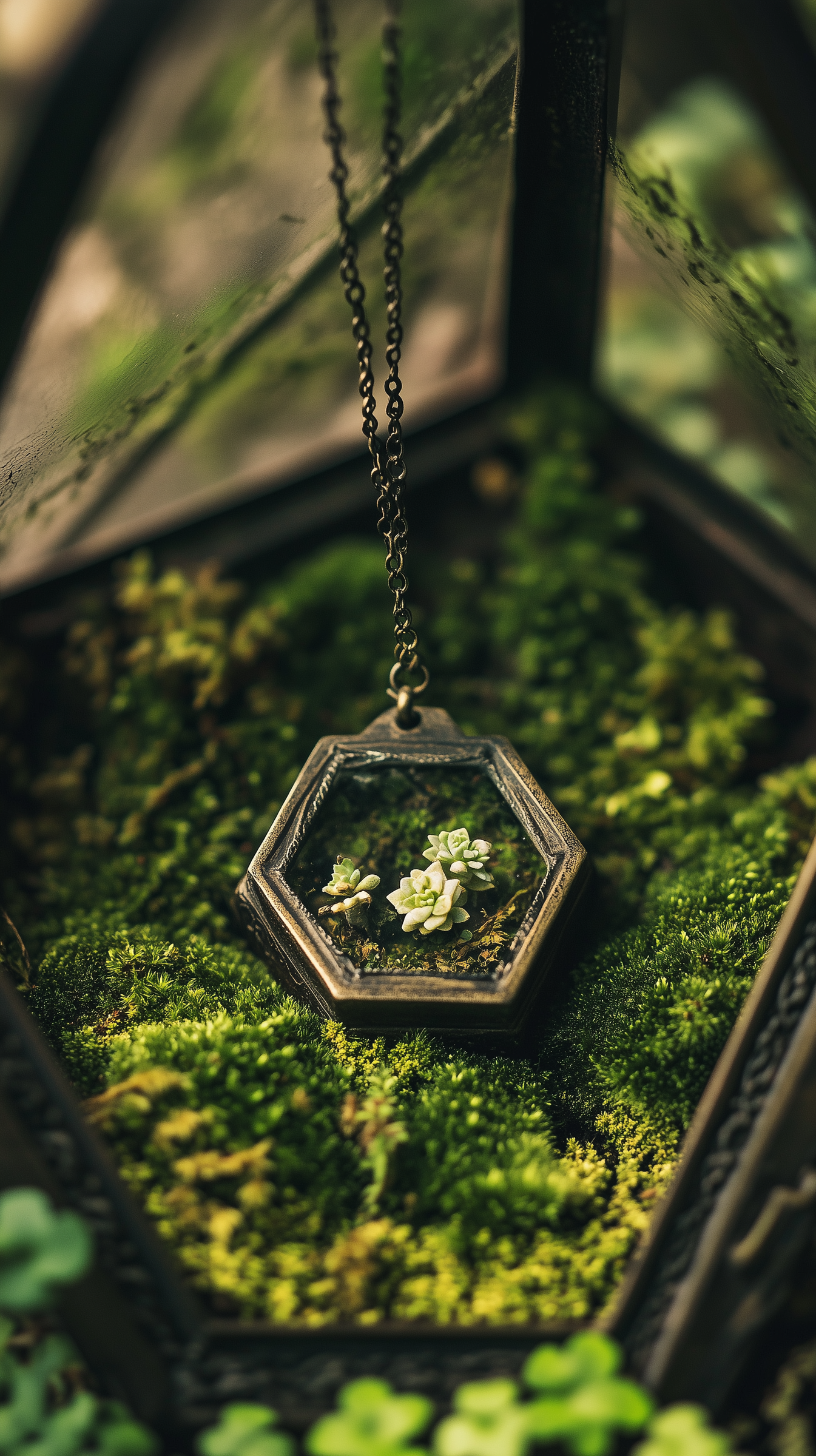
For illustration purposes only | Source: Midjourney
As I held it, my eyes caught something else—a letter with my name on it. My hands trembled as I picked it up and stepped aside.
Opening the envelope, I immediately recognized the handwriting. It was Jess’s.
Hey, Amelia,
If you’re reading this, it means 15 years have passed, and maybe this letter will make things clearer, though I doubt it will make anything better.

For illustration purposes only | Source: Midjourney
I don’t even know how to start explaining why I did what I did. The truth is, I don’t have a good reason. I don’t even feel guilty right now, not entirely.
I know why Brian stopped talking to you. It was me. I started a rumor about you and Malcolm.
I even forged messages to make it seem true. It was cruel, I know, but I wanted Brian. I’m not asking for your forgiveness. I just hope you understand.
Your not-so-great friend,
Jess

For illustration purposes only | Source: Midjourney
My hands shook as I read the letter, each word hitting me like a punch. I didn’t notice Brian standing beside me until he spoke.
“Amelia, I saw the locket in the capsule. I… I don’t know why, but seeing you today—” he started, his voice soft and uncertain.
I looked up, spotting Jess in the crowd. Anger replaced my tears. “Sorry, Brian. But I need to talk to your girlfriend,” I said, my tone sharp.
“She’s not my—” Brian called after me, but I didn’t care to hear the rest.

For illustration purposes only | Source: Midjourney
I reached Jess, holding up the letter. “Care to explain this?” I asked.
Jess hesitated, then sighed. She took my hand, surprising me, and led me toward the school bleachers.
Once we sat, Jess took a deep breath, her shoulders slumping. “I’m sorry,” she said.
“Sorry isn’t enough,” I replied, my tone sharper than I intended. “Why did you do it?”
“Why?” She gave a bitter laugh. “Don’t you get it? I wanted to be you.”

For illustration purposes only | Source: Midjourney
I stared at her, confused. “What? That’s ridiculous,” I said, laughing out of disbelief.
“You don’t understand,” Jess said, her eyes meeting mine. “You were perfect, Amelia. You had it all. You were smart, you had great parents, and you had Brian. I wanted something of yours, anything. I didn’t even like Brian that much.”
“You didn’t like him? Then why—?” I started, but she cut me off.

For illustration purposes only | Source: Midjourney
“I wanted to take something from you. It made me feel better, like I mattered,” Jess admitted. “We broke up three weeks later. It wasn’t even worth it.”
I shook my head. “I thought you two were still together,” I said.
“No,” she said, wiping her face. “He just gave me a ride today. That’s it.”
I looked down at my hands, my voice softening. “I loved Brian. I thought I’d marry him.”
Jess nodded. “He loved you, Amelia. That’s why he reacted the way he did. The rumor about you and Malcolm—I made it up. I didn’t care what happened as long as he doubted you.”

For illustration purposes only | Source: Midjourney
I shook my head again. “Malcolm is married now. To his husband,” I said firmly.
Jess let out a shaky laugh. “No one knew that back then.” She paused, her voice quiet. “I don’t know how to make up for it. I don’t think I can.”
“You can’t change what happened,” I said.

For illustration purposes only | Source: Midjourney
Jess hesitated. “I’ve missed you.”
I looked at her. “I’ve missed you too,” I admitted after a moment.
We sat there for a while, not saying much. Then Jess nudged me, pointing toward the field. “He’s not looking for me,” she said.
I sighed and climbed down the bleachers, my steps slow and uncertain. When I reached Brian, my mind raced, and I almost forgot how to speak. Before I could say anything, he started.

For illustration purposes only | Source: Midjourney
“Amelia,” he said, his voice steady. “First, I want to make one thing clear. Jess isn’t my girlfriend. I haven’t seen her since high school.”
I nodded. “I know,” I said, my voice quieter than intended.
Brian glanced at me, then down at the ground. “The locket you put in the capsule—is it the one I gave you?” he asked.

For illustration purposes only | Source: Midjourney
“Yes,” I said. “It’s funny. Back then, I thought that by the time we dug it up, we’d already be married. I imagined it being this sweet moment.” I paused, my chest tightening. “But…”
“I was an idiot,” Brian said, cutting me off. “I didn’t give you a chance to explain. I let myself believe something that wasn’t true.”
“We were kids,” I said, shrugging.

For illustration purposes only | Source: Midjourney
“But we’re not kids now,” he said, his tone softening. “Amelia, I’ve thought about you for years. I told myself it didn’t matter anymore, but seeing you today, I realized I was wrong. I felt something I haven’t felt in a long time.”
“It doesn’t matter, Brian,” I said quickly. “I live in New York now.”
“So do I,” he said, a small smile forming. “And I’d like to take you on a date.”

For illustration purposes only | Source: Midjourney
I hesitated. “I don’t know—”
“Just one date,” he said, looking at me earnestly.
I sighed, then smiled a little. “Fine. But only if you win me a new locket. This one’s turned black,” I said, holding it up.
Brian laughed, his face lighting up. “It’s a deal.”

For illustration purposes only | Source: Midjourney
An Old Man Came to the Cinema Alone Every Day for Years, Buying Two Tickets and Waiting—One Day, Someone Finally Sat Beside Him
The old city cinema wasn’t just a job for Emma. It was a place where the hum of the projector could momentarily erase the worries of the world.

For illustration purposes only | Source: Midjourney
Every Monday morning, Edward appeared, his arrival as steady as the sunrise. He wasn’t like the regulars who rushed in, fumbling for coins or their tickets.
Edward carried himself with quiet dignity, his tall, lean frame draped in a neatly buttoned gray coat. His silver hair, combed back with precision, caught the light as he approached the counter. He always asked for the same thing.
“Two tickets for the morning movie.”

For illustration purposes only | Source: Midjourney
And yet, he always came alone.
Why two tickets? Who are they for?
“Two tickets again?” Sarah teased from behind her, smirking as she rang up another customer. “Maybe it’s for some lost love. Like an old-fashioned romance, you know?”

For illustration purposes only | Source: Midjourney
“Or maybe a ghost,” another coworker, Steve, chimed in, snickering. “He’s probably married to one.”
Emma didn’t laugh. There was something about Edward that made their jokes feel wrong.
She thought about asking him, even rehearsing a few lines in her head. But it wasn’t her place.
***
The following Monday was different. It was her day off, and as Emma lay in bed, an idea began to form.
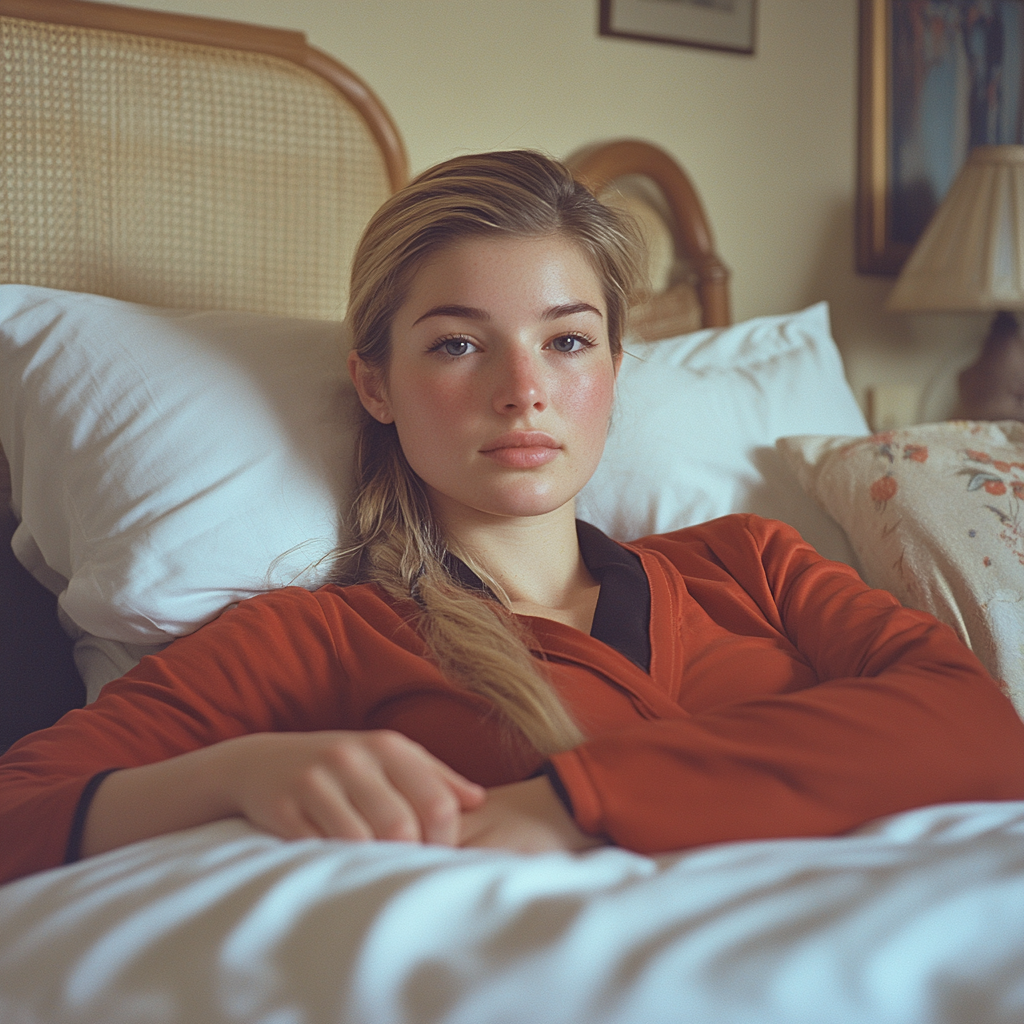
For illustration purposes only | Source: Midjourney
What if she followed him? It isn’t spying. It’s… curiosity. It was almost Christmas, after all—a season of wonder.
Edward was already seated when she entered the dimly lit theater, his figure outlined by the soft glow of the screen. He seemed lost in thought. His eyes flickered toward her, and a faint smile crossed his lips.
“You’re not working today,” he observed.

For illustration purposes only | Source: Midjourney
She slid into the seat next to him. “I thought you might need company. I’ve seen you here so many times.”
He chuckled softly, though the sound held a trace of sadness. “It’s not about the movies.”
“Then what is it?” she asked, unable to hide the curiosity in her tone.
Edward leaned back in his seat, his hands folded neatly in his lap. For a moment, he seemed hesitant, as though deciding whether or not to trust her with what he was about to say.
Then he spoke.

For illustration purposes only | Source: Midjourney
“Years ago,” he began, his gaze fixed on the screen, “there was a woman who worked here. Her name was Evelyn.”
Emma remained quiet, listening intently.
“She was beautiful,” he continued, a faint smile tugging at his lips. “Not in the way that turns heads, but in the way that lingers. Like a melody that you can’t forget. She’d been working here. We met here, and then our story began.”

For illustration purposes only | Source: Midjourney
She pictured it as he spoke.
“One day, I invited her to a morning show on her day off,” Edward said. “She agreed. But she never came.”
“What happened?” Emma whispered, leaning closer.
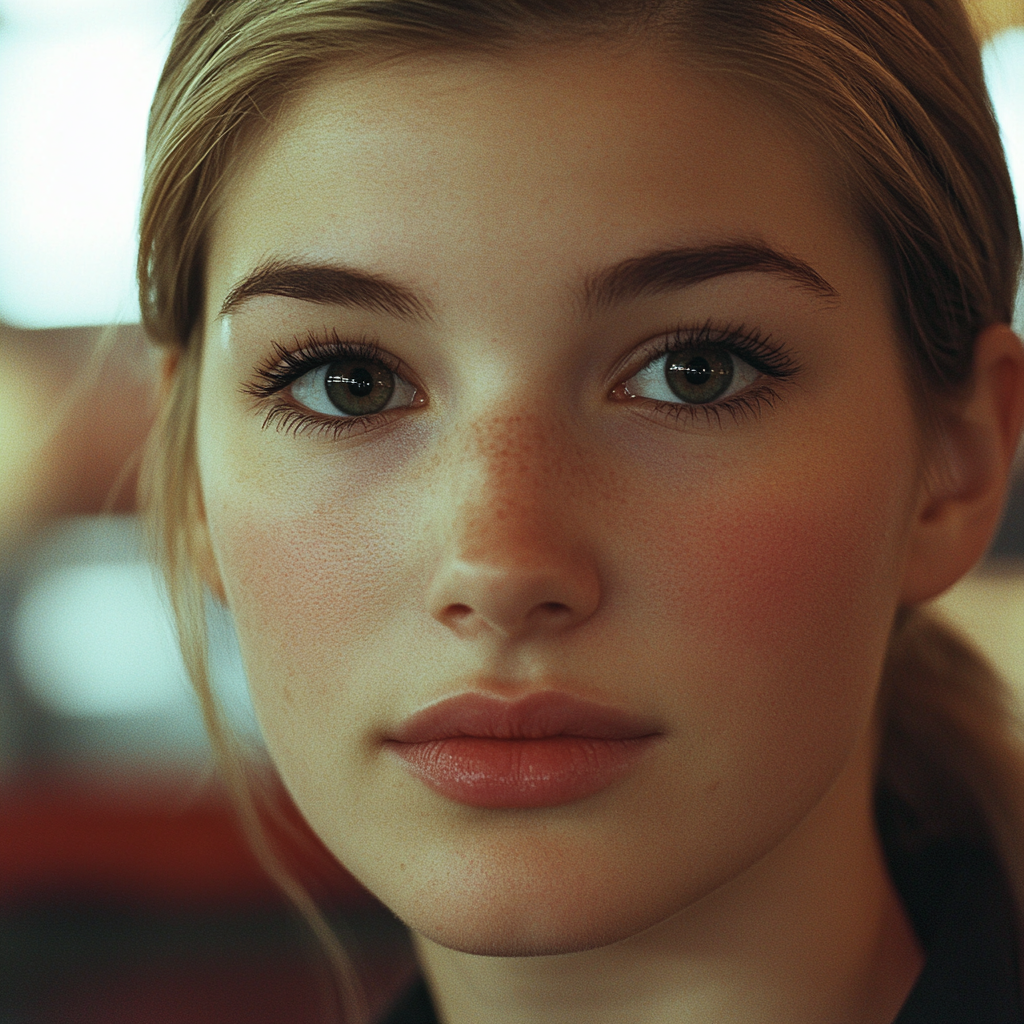
For illustration purposes only | Source: Midjourney
“I found out later that she’d been fired,” he said, his tone heavier now. “When I asked the manager for her contact information, he refused and told me never to come back. I didn’t understand why. She was just… gone.”
Edward exhaled, his gaze falling to the empty seat beside him. “I tried to move on. I got married and lived a quiet life. But after my wife passed, I started coming here again, hoping… just hoping… I don’t know.”
Emma swallowed hard. “She was the love of your life.”
“She was. And she still is.”
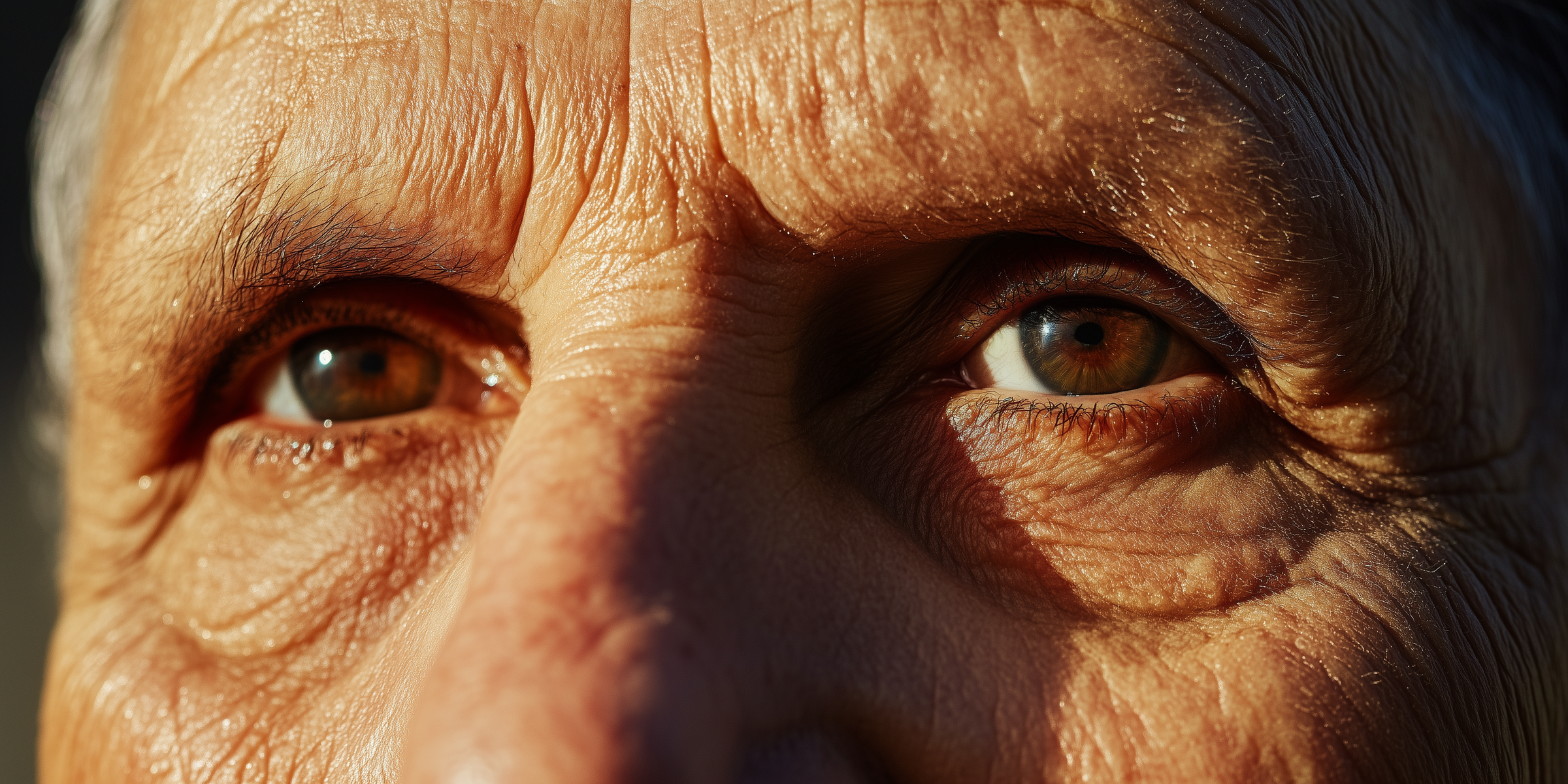
For illustration purposes only | Source: Midjourney
“What do you remember about her?” she asked.
“Only her name,” Edward admitted. “Evelyn.”
“I’ll help you find her.”
***
Getting ready to face her father felt like preparing for a battle she wasn’t sure she could win. Her dad, Thomas, was the owner of the cinema, and the one person who would be able to tell them about an old employee.
He was also a man who appreciated order and professionalism—traits he lived by and judged others for.

For illustration purposes only | Source: Midjourney
Edward waited patiently by the door, his hat in hand, looking both apprehensive and composed. “You’re sure he’ll talk to us?”
“No,” Emma admitted, pulling on her coat. “But we have to try.”
On the way to the cinema office, she found herself opening up to Edward, perhaps to calm her nerves.
“My mom had Alzheimer’s,” she explained, gripping the steering wheel a little tighter. “It started while she was pregnant with me. Her memory was… unpredictable. Some days, she’d know exactly who I was. Other days, she’d look at me like I was a stranger.”
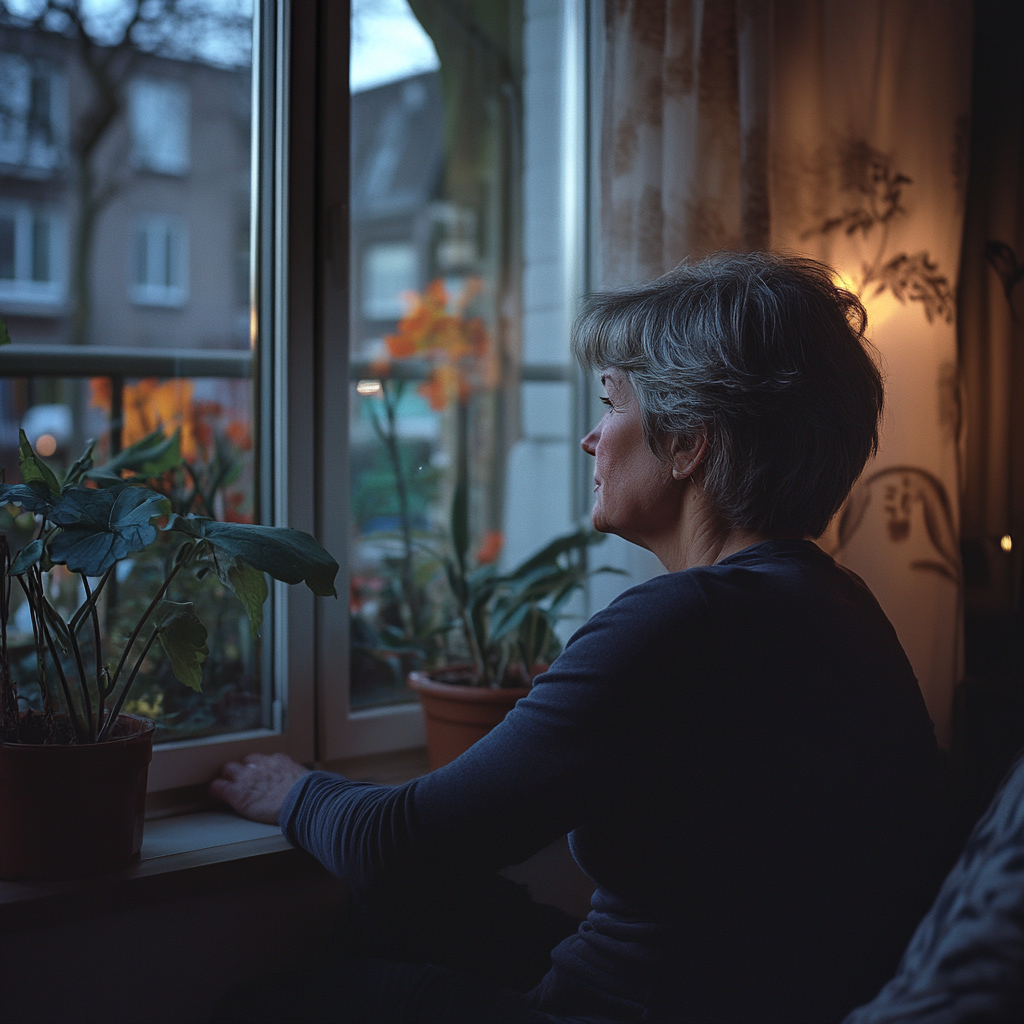
For illustration purposes only | Source: Midjourney
Edward nodded solemnly. “That must have been hard for you.”
“It was,” she said. “Especially because my Dad, I call him Thomas, decided to put her in a care facility. I understand why, but over time, he just stopped visiting her. And when my grandmother passed, all the responsibility fell on me. He helped financially, but he was… absent. That’s the best way to describe him. Distant. Always distant.”
Edward didn’t say much, but his presence was grounding. Emma hesitated before opening the door to Thomas’s office.
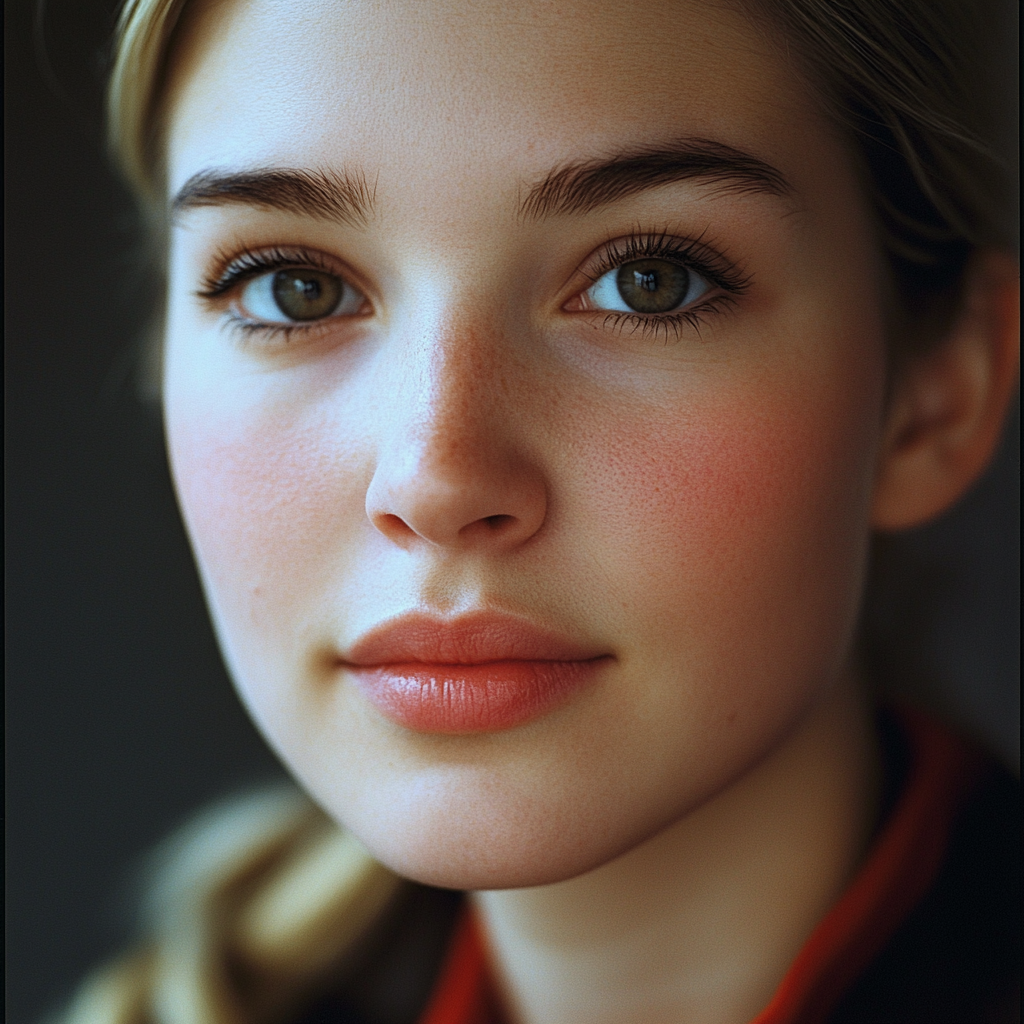
For illustration purposes only | Source: Midjourney
Inside, he sat at his desk, papers meticulously arranged in front of him. His sharp, calculating eyes flicked to her, then to Edward. “What’s this about?”
“Hi, Dad. This is my friend, Edward,” she stammered.
“Go on.” His face didn’t change.
“I need to ask you about someone who worked here years ago. A woman named Evelyn.”
He froze for a fraction of a second, then leaned back in his chair. “I don’t discuss former employees.”

For illustration purposes only | Source: Midjourney
“You need to make an exception,” she pressed. “Edward has been searching for Evelyn for decades. We deserve answers.”
Thomas’s jaw tightened. “Her name wasn’t Evelyn.”
“What?” Emma blinked.

For illustration purposes only | Source: Midjourney
“She called herself Evelyn, but her real name was Margaret,” he admitted, his words cutting through the air. “Your mother. She made up that name because she was having an affair with him,” he gestured toward Edward, “and thought I wouldn’t find out.”
The room went silent.
Edward’s face paled. “Margaret?”

For illustration purposes only | Source: Midjourney
“She was pregnant when I found out,” Thomas continued bitterly. “With you, as it turned out.” He looked at Emma then, his cold expression faltering for the first time. “I thought cutting her off from him would make her rely on me. But it didn’t. And when you were born… I knew I wasn’t your father.”
Emma’s head spun. “You knew all this time?”
“I provided for her,” he said, avoiding my gaze. “For you. But I couldn’t stay.”
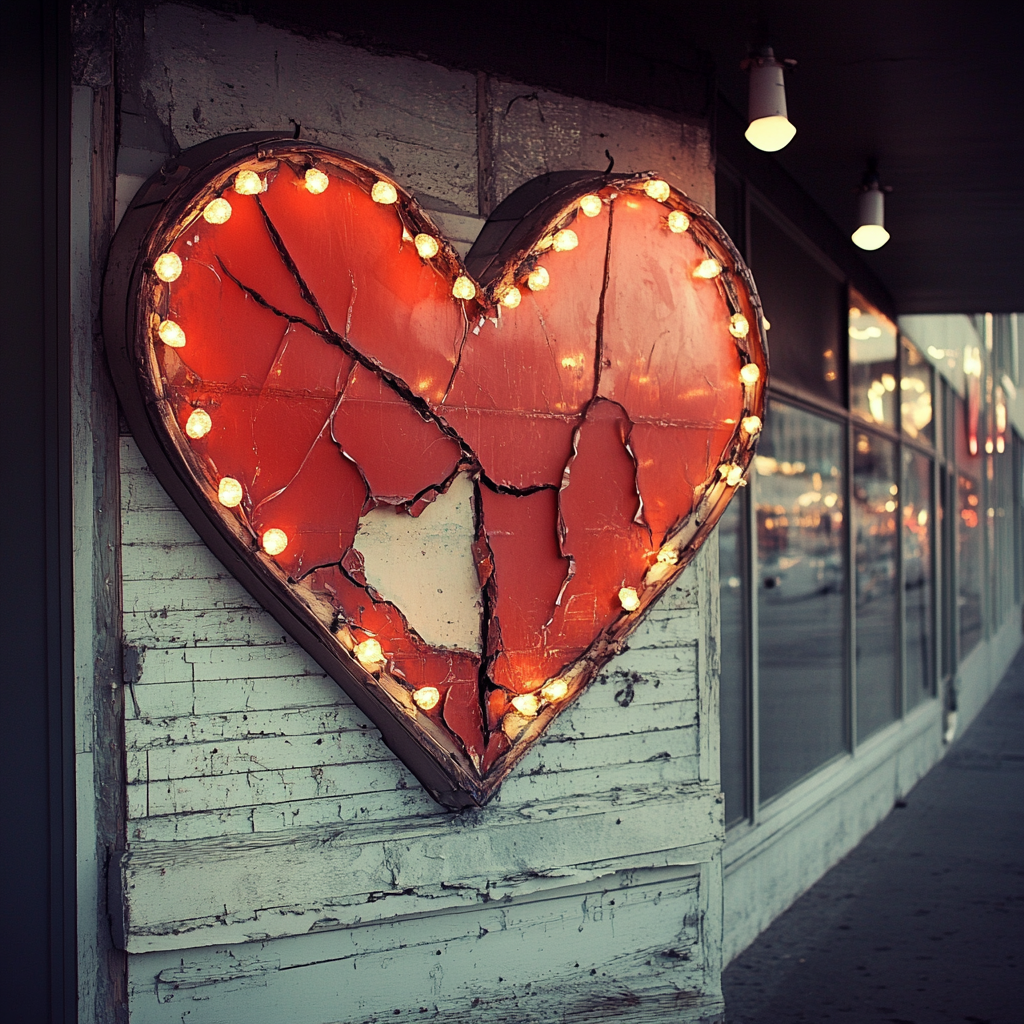
For illustration purposes only | Source: Midjourney
Edward’s voice broke the silence. “Margaret is Evelyn?”
“She was Margaret to me,” Thomas replied stiffly. “But clearly, she wanted to be someone else with you.”
Edward sank into a chair, his hands trembling. “She never told me. I… I had no idea.”
Emma looked between them, her heart pounding. Thomas was not her father at all.
“I think,” she said, “we need to visit her. Together.” She glanced at Edward, then turned to Thomas, holding his gaze. “All three of us. Christmas is a time for forgiveness, and if there’s ever a moment to set things right, it’s now.”

For illustration purposes only | Source: Midjourney
For a moment, she thought Thomas would scoff or dismiss the idea altogether. But to her surprise, he stood, reached for his overcoat, and nodded.
***
They drove to the care facility in silence. When they arrived, the holiday wreath on the door seemed oddly out of place against the surroundings.
Emma’s mother was in her usual spot by the lounge window. She was staring outside, her face distant. Her hands rested motionless in her lap even as they approached.

For illustration purposes only | Source: Midjourney
“Mom,” Emma called gently, but there was no reaction.
Edward stepped forward, his movements slow and deliberate. He looked at her.
“Evelyn.”
The change was instant. Her head turned toward him, her eyes sharpening with recognition. Slowly, she rose to her feet.
“Edward?” she whispered.
He nodded. “It’s me, Evelyn. It’s me.”

For illustration purposes only | Source: Midjourney
Tears welled in her eyes, and she took a shaky step forward. “You’re here.”
“I never stopped waiting,” he replied, his own eyes glistening.
Emma’s heart swelled with emotions she couldn’t fully name as she watched them. This was their moment, but it was also hers.
She turned to Thomas, who stood a few steps behind, his hands in his pockets. His usual sternness was gone, replaced by something almost vulnerable.
“You did the right thing coming here,” she said softly.
He gave a slight nod but said nothing. His gaze lingered on Emma’s mother and Edward, and for the first time, she saw something that looked like regret.

For illustration purposes only | Source: Midjourney
The snow began to fall gently outside, blanketing the world in a soft, peaceful hush.
“Let’s not end it here,” Emma said, breaking the quiet. “It’s Christmas. How about we go get some hot cocoa and watch a holiday movie? Together.”
Edward’s eyes lit up. Thomas hesitated.
“That sounds… nice,” he said gruffly, his voice softer than she’d ever heard.
That day, four lives intertwined in ways none of them had imagined. Together, they walked into a story that had taken years to find its ending—and its new beginning.
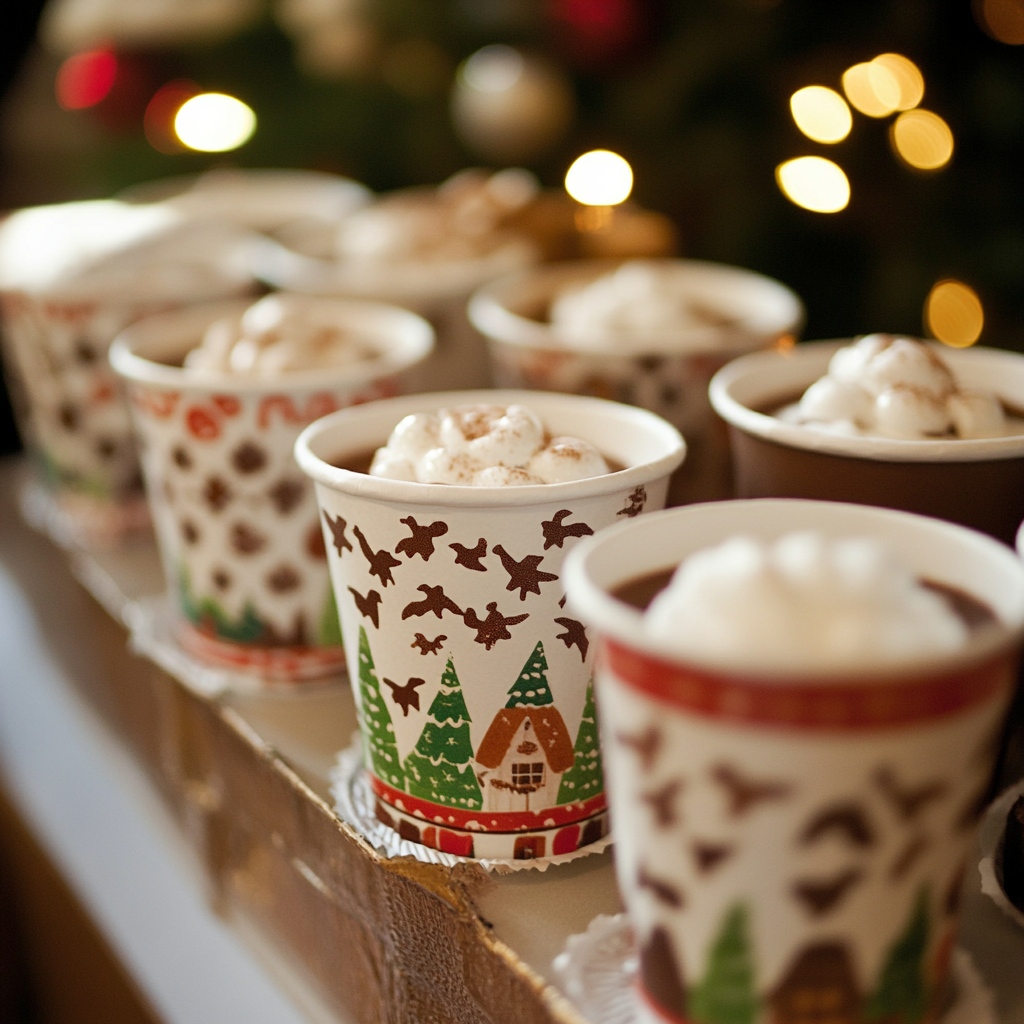
For illustration purposes only | Source: Midjourney
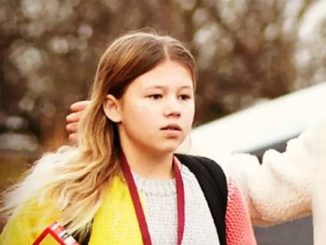

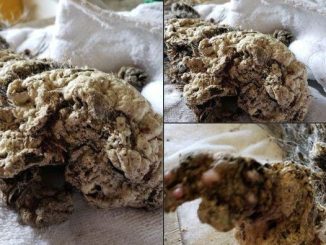
Leave a Reply